I am a lover of manors as excellent examples of historic architecture, stunning parks, and evidence of life in the early days. So I try to visit manors in my own country and others as much as possible. Here is a collection of ten awesome manor houses in Lithuania to be included in your future itineraries to this country. Of course, there are many more to see, still this is the selection of the best manors I have visited so far in Lithuania.
1 Raudondvaris Manor
Raudondvaris Manor is located about 9 kilometres away from Kaunas on the upper terrace of Nevėžis River. The main building of the Raudondvaris ensemble is the castle with a tower. It was built in the second half of the 17th century. The estate has a 3.8 hectares park. The manor was owned by a number of prominent Lithuanian nobilities. Its most recent owners, the Tyszkiewicz family lived in Raudondvaris from 1819-1915. In that time it became the luxurious residence with many paintings, art works, rare books, collections of exotic plants and animals. Nowadays the manor house, stables, an ice-house, and orangery are restored and adapted for cultural tourism. Kaunas region tourism information centre is opened in an ice house. Orangery houses a restaurant and banquet halls. The Palace of Culture and Arts is open to visitors in the castle. Reconstructed stables are used for Arts Incubator activities with its own theatre and concert hall with 500 seats and residential premises for young artists from Lithuania.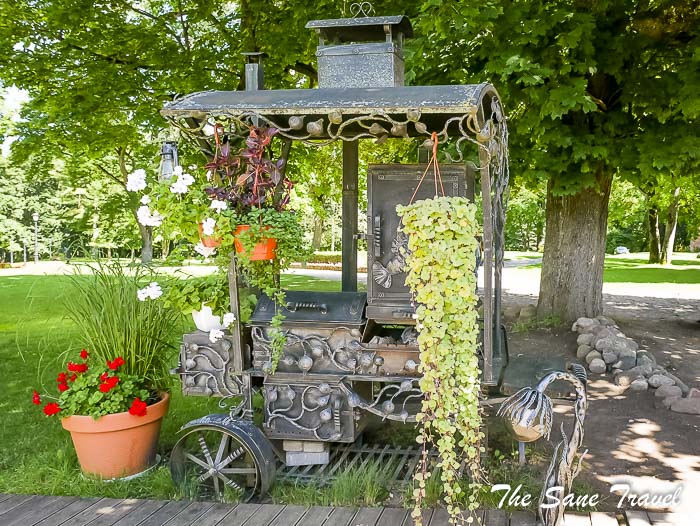
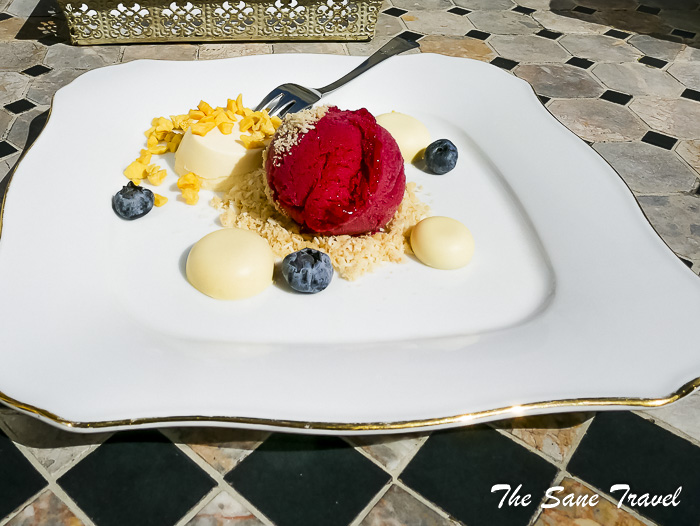
Address: Pilies takas 1, Raudondvaris, Kaunas region
2 Renavas Manor
Renavas Manor and the park surrounding it are located in Renavas village, Mazeikiai district. It is one of the most interesting and best-preserved manor ensembles in Northern Lithuania.
Renavas Manor has been mentioned in written sources as early as the 16th century. At the end of the 19th century, the Renne family became its owners, and the manor gained the name Renava. In the first half of the 19th century, the manor of Renavas was ruled by Antanas Renė, who was widely known for his gardening hobbies. After his death, the manor was passed to Eugenijus Rönne and later to Count F. Mielžinskis, who established a new park of about 6 ha in a beautiful place near the Varduva stream. During the Soviet era, restoration works of the manor started. The authentic library with more than 1,000 books has been preserved in the palace. Since 2012, there is a museum which acquaints visitors with the culture of Lithuanian manors. 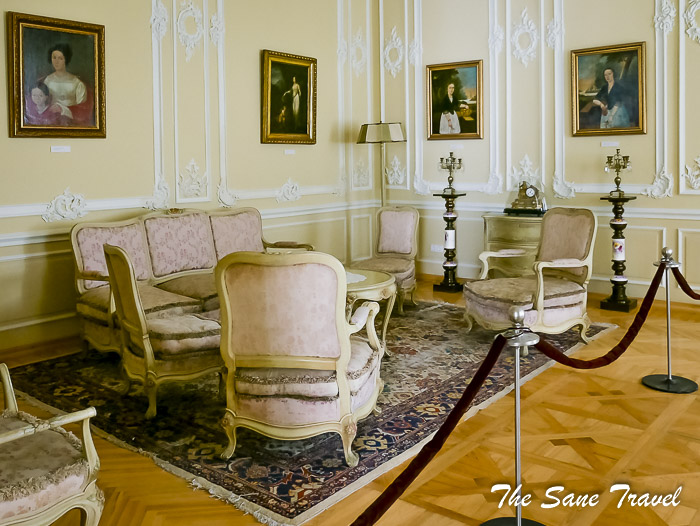
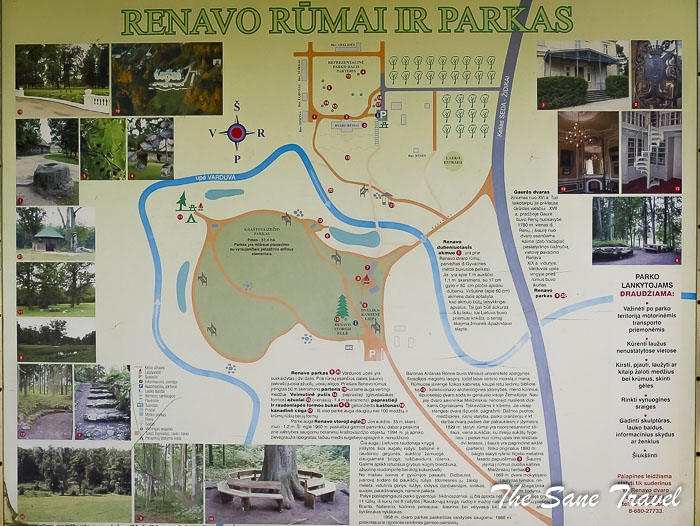
3 Uzutrakis Manor
The Uzutrakis estate is located in the town of Trakai on the north-eastern shore of Lake Galvė, on a peninsula between lakes Galvė and Skaistis. The estate consists of a manor house, a park, and many outbuildings. Uzutrakis Manor House is one of the most prominent and best-preserved mansions in Lithuania. Count Józef Tyszkiewicz and his wife Jadwiga founded the Uzutrakis estate at the beginning of the 20th century. The Count was inspired by the unique landscape of Trakai, and the manor made the most of the area’s potential.
The Palace, decorated with impressive Louis XVI style interiors, was created by Polish architect Józef Huss. The two-storey Palace is a compact rectangle in a modest neo-classical style. 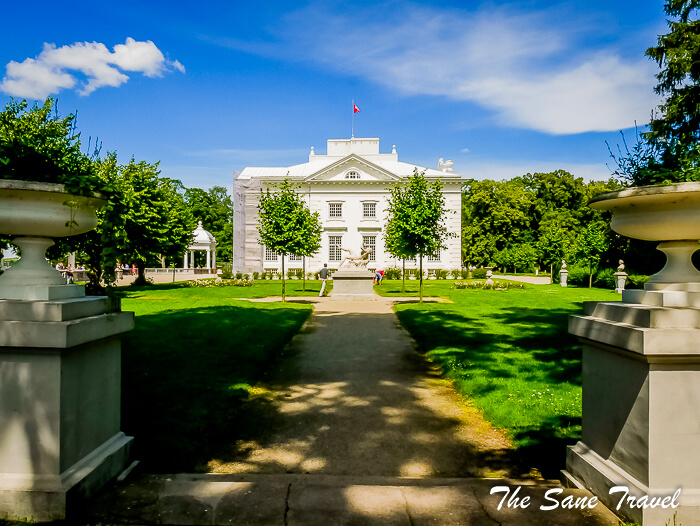
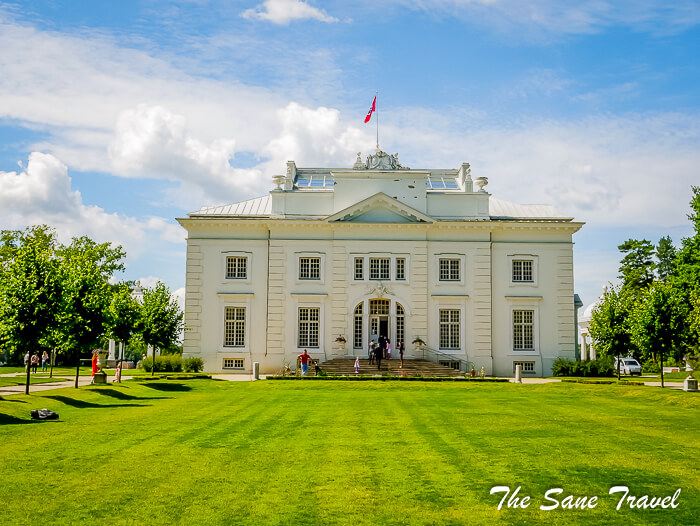 The eastern facade is crowned by a triangular pediment above which there is an attic relief depicting vases and cartouches with the arms of the Tyszkiewiczes and Swiętopułk-Czetwertyńskis families. The panorama view of Lake Galve and Trakai Castle opens up from its terrace.
The eastern facade is crowned by a triangular pediment above which there is an attic relief depicting vases and cartouches with the arms of the Tyszkiewiczes and Swiętopułk-Czetwertyńskis families. The panorama view of Lake Galve and Trakai Castle opens up from its terrace.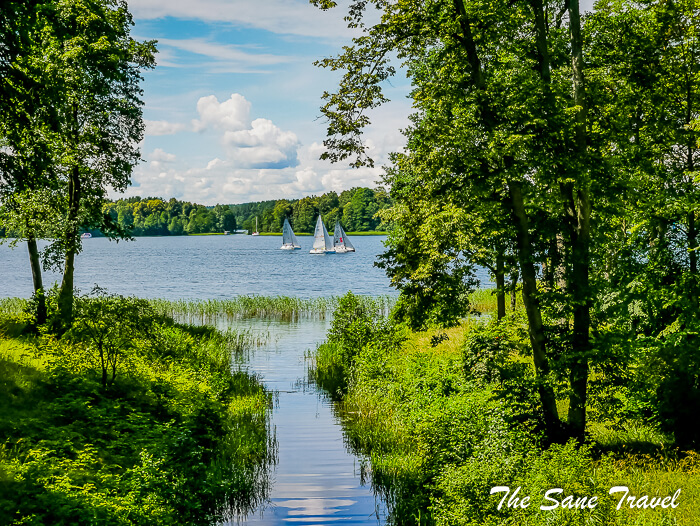
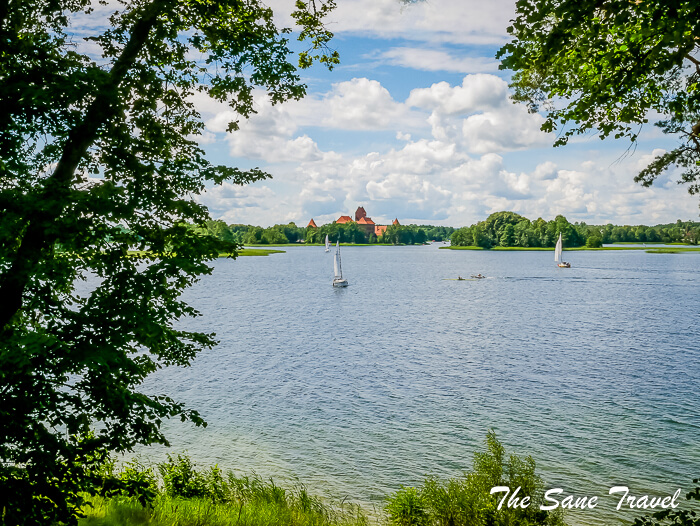
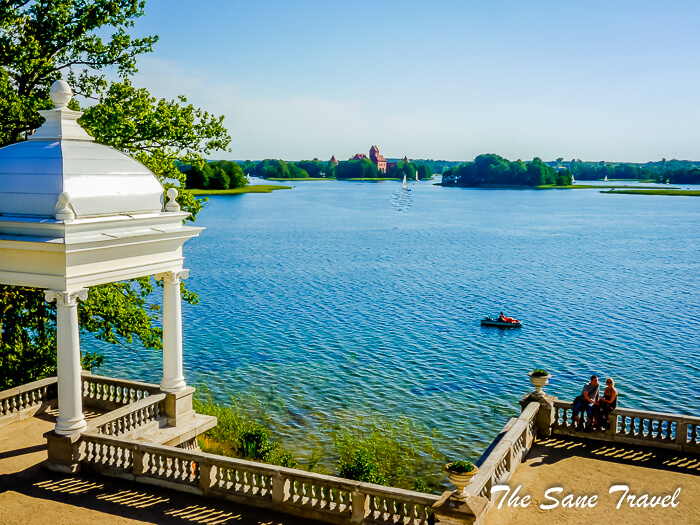
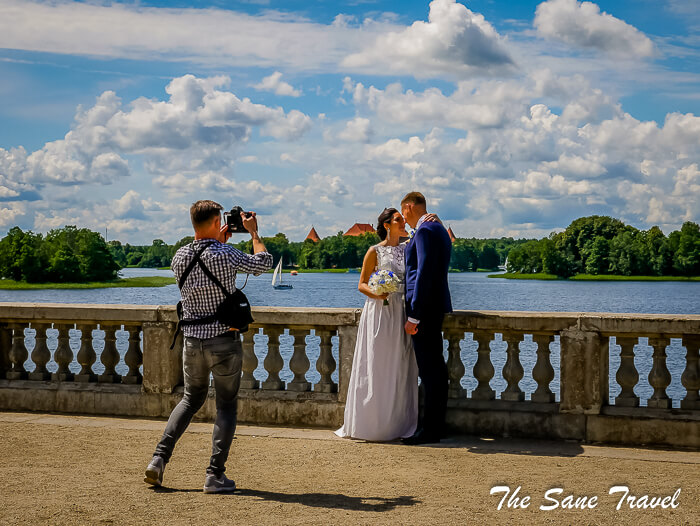 The park was designed by Édouard François André, a famous French landscape architect. He created a mixed-style park decorated with copies of antique sculptures and a large number of plants.
The park was designed by Édouard François André, a famous French landscape architect. He created a mixed-style park decorated with copies of antique sculptures and a large number of plants.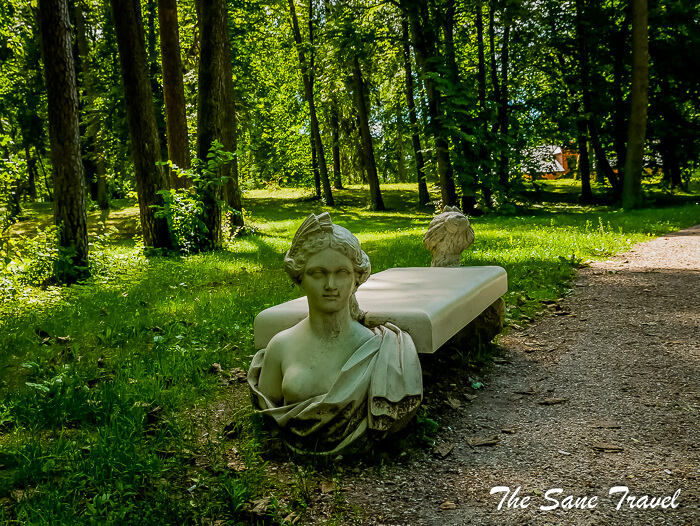 There are still about 100 different kinds of trees and shrubs in the park. The park is home to seven species of bats, a number of squirrels, and roe deer.
There are still about 100 different kinds of trees and shrubs in the park. The park is home to seven species of bats, a number of squirrels, and roe deer.
Address: Užtrakio gatve 17, Trakai town
4 Pakruojis Manor
Pakruojis Manor is located in the northern part of Lithuania. The manor has been first mentioned in written sources in the early 16th century. It was owned by several noble families before the Ropp family became its owners in the late 18th century. The current masonry ensemble, including a large English style park, was designed and built in the first part of the 19th century. Built in the classical style, Pakruojis Manor is the largest surviving complex of manor buildings in Lithuania, and it is listed in the Lithuanian Cultural Heritage Register and the Lithuanian Record Book as the largest protected manor. The two-storeyed palace is decorated with portico and doorman columns, pilasters, capitals, and arches.
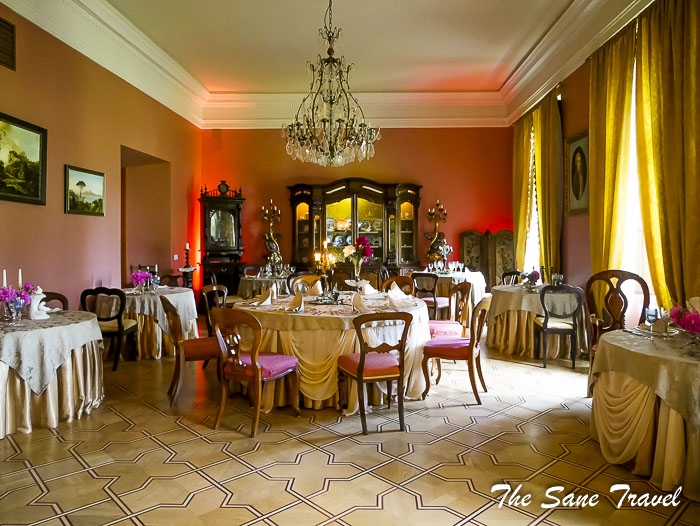
There were a small warehouse, stables, and ice-cellar by the manor palace. The western complex consisted of a brewery, several cattle sheds; the eastern had a barn and residential blocks, and the southern had two garners. The manor outbuildings were located behind the pond. There were smithy, inn, and windmill, separated from the central manor palace by a large park, as well as the Arch Bridge. There are only two bridges of this style in Europe. The watermill of Pakruojis Manor was built in the early 19th century. The reconstructed watermill houses a banquet hall and conference halls.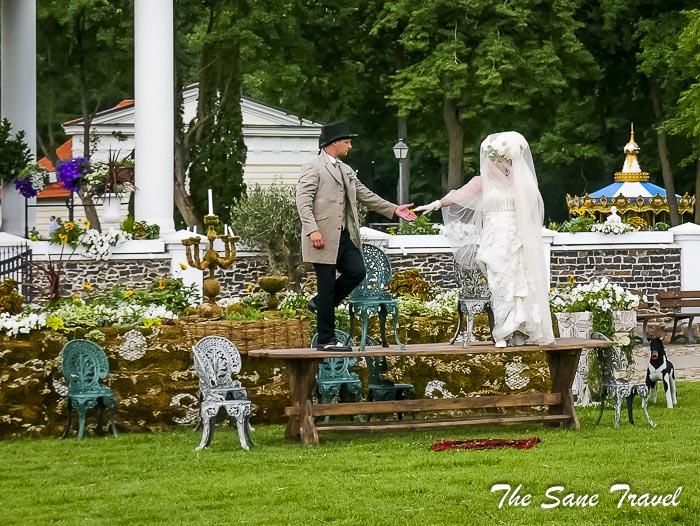
The Miller’s house of the manor complex, which preserved the late Classical style features, has been built in the first half of the 19th century next to the river Kruoja. This building differs from the other manor buildings by its size and non-characteristic two-slope roofing. Currently, it houses a hotel.
There is a flower festival during the summer in the manor and a Chinese lantern festival in winter. 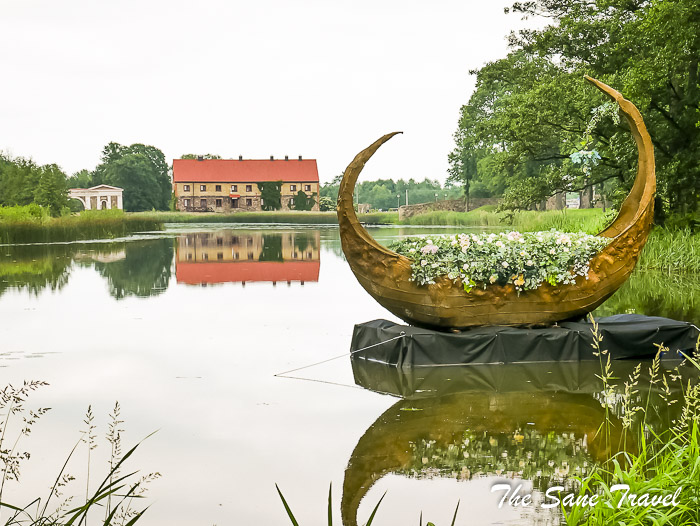
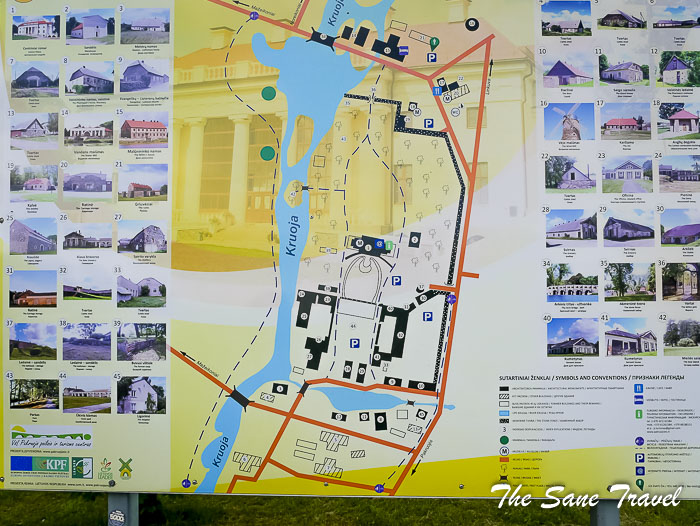
Address: Karčemos gatve 9, Pakruojis
5 Bistrampolis Manor
Surrounded by a wonderful old park and reminding the mid-19th century, the newly renovated Bistrampolis Manor is located in Northern Lithuania, 14 km from Panevezys, very close to the road Via Baltica. Bistrampolis is a part of Lithuanian countryside historical memory and national culture. This manor has already existed there since the end of the fifteenth century. The manor was owned by the Bistramai family from the end of the seventeenth century till 1940. The family is related to famous Polish Nobel Prize winner writer Henrikas Sienkievicius (Henryk Sienkiewicz) who lived and worked in the manor. Three landlords of the manor were army generals and they took part in the battle of Borodino on the Russian side. Built in 1850, the two-storeyed manor house is of classical style. The main facade is decorated with a portico of four columns above the three arches of the porch. 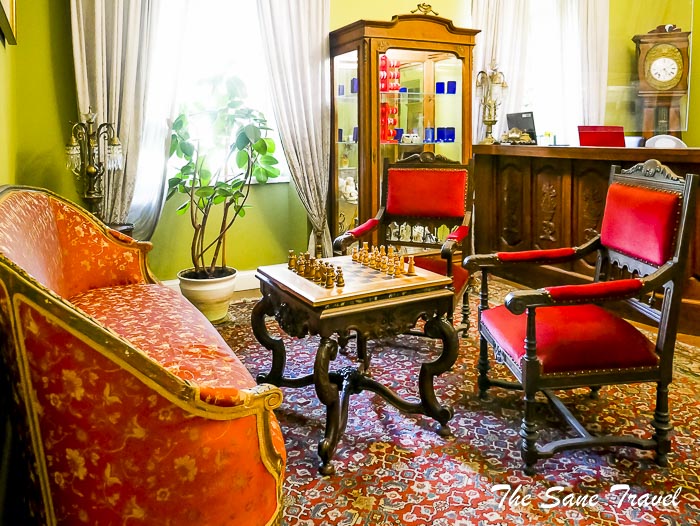
Currently Bistrampolis Manor complex consists of a hotel, restaurant, concert hall, and rooms of various sizes for seminars and banquets. Away from the manor house, there is a Chapel which is used as a museum of smugglers of forbidden Lithuanian books. For more active recreation, there is a tennis court and basketball ground available. SPA centre is built in the Wain hotel of the Manor where the other hotel is located as well. 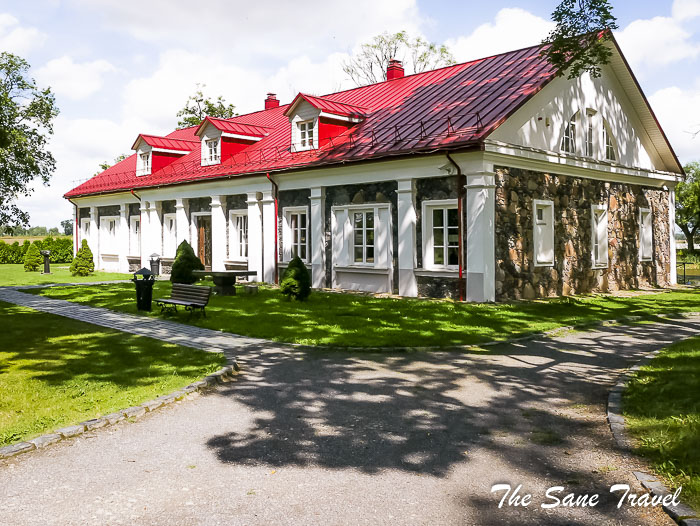
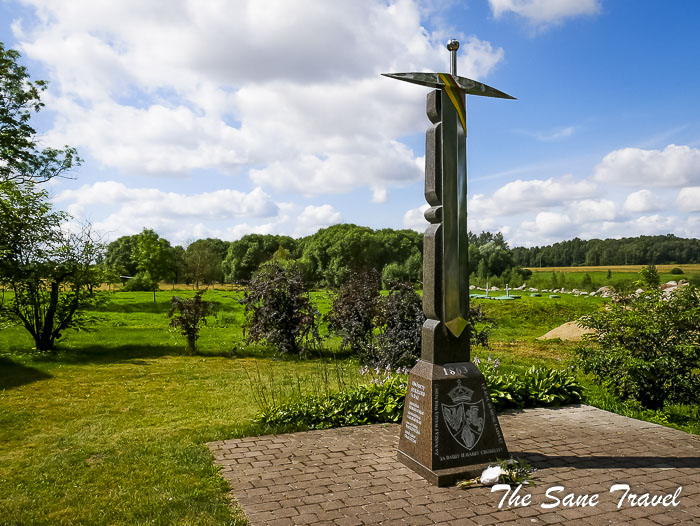
Address: Bistrampolio gatve 1, Kučių k., Panevėžio rajonas.
6 Baisogala Manor
Baisogala Manor House is one of the most famous architectural monuments in Lithuania. 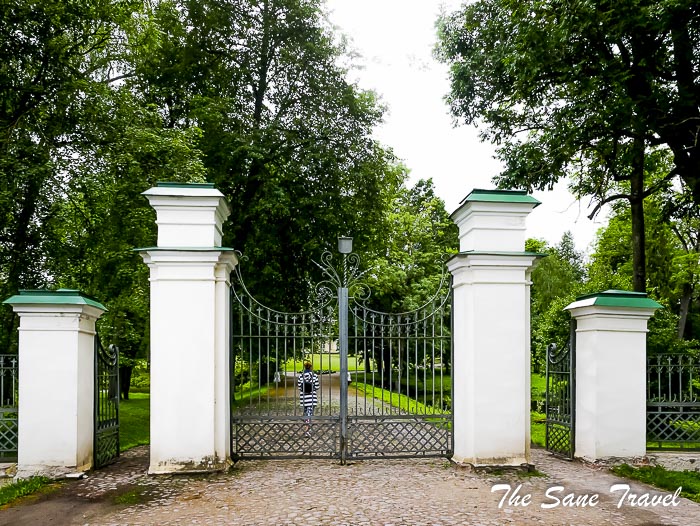
The palace is surrounded by a 12-hectare park dating back to the 19th century. It is one of the most beautiful in Lithuania. It has a number of exotic varieties of trees, ponds, alleyways of old linden, and chestnut trees. There is a pond on both main sides of the park alley, and in the depths of the park, there is a pond with an island. 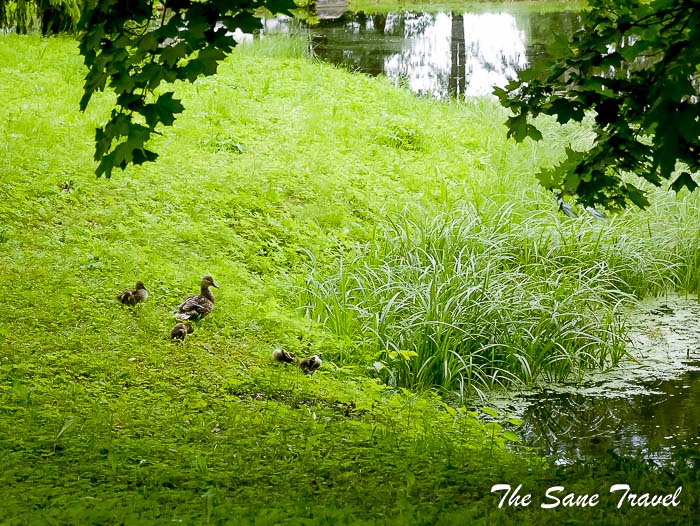
7 Burbiskis Manor
The Burbiskis estate is situated some 20 kilometres southeast of the town of Siauliai in Northern Lithuania. In the 17th century, Burbiskis Manor was owned by the Burbas family, hence the name of the place. Later it was bought by the Bazenski family. The surviving buildings of the manor: office, guest house, ice cream parlour, kitchen, orphanage, stable, barn, gardener's house with conservatory remains.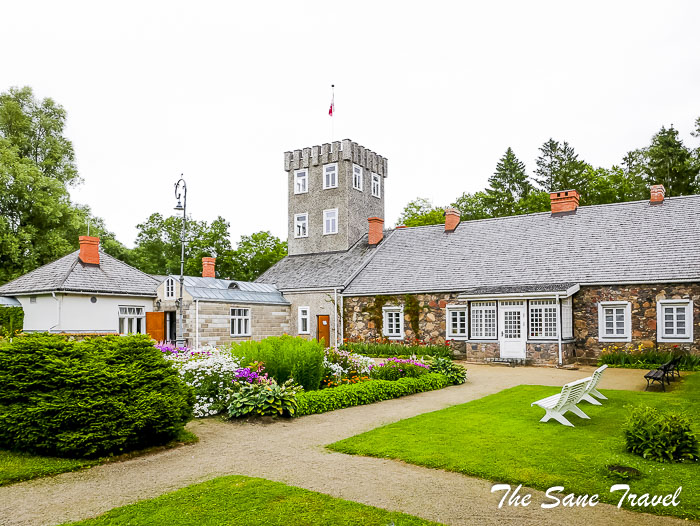
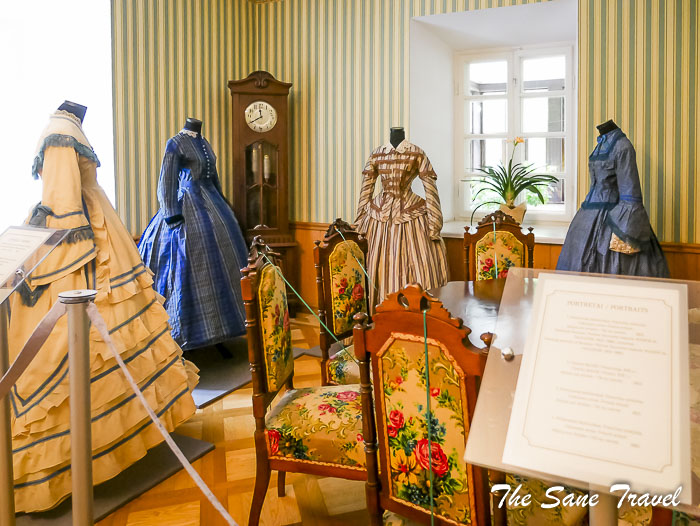
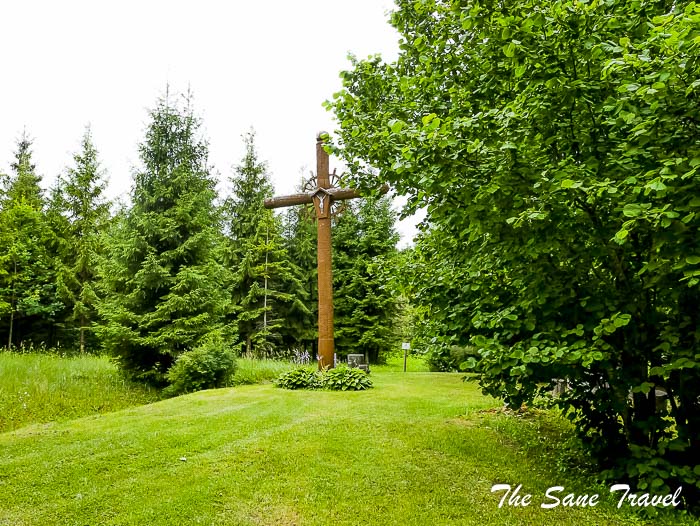
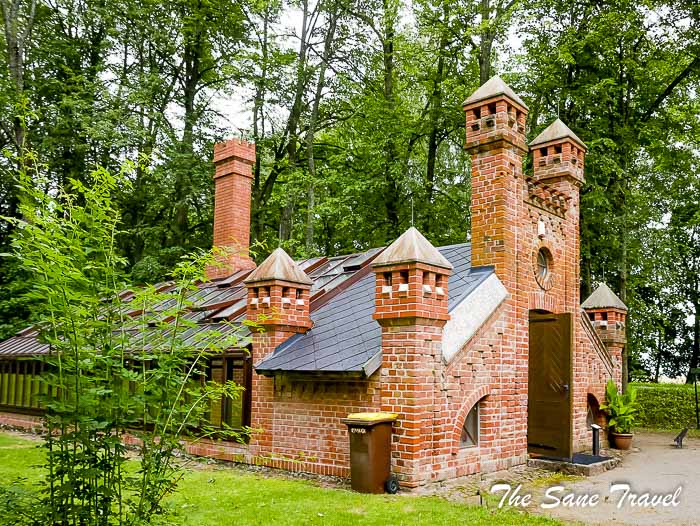
Address: Burbiškio k., Radviliškio rajonas
NB! Please do not confuse this manor with Burbiskis Manor in Anyksciai district and with another manor in Burbiskiai, Raseiniai.
8 Palanga Manor
Palanga Manor or Tyszkiewicz Palace is a Neo-Renaissance style building in Palanga built for the Tyszkiewicz family. The palace was constructed at the end of the 19th century. 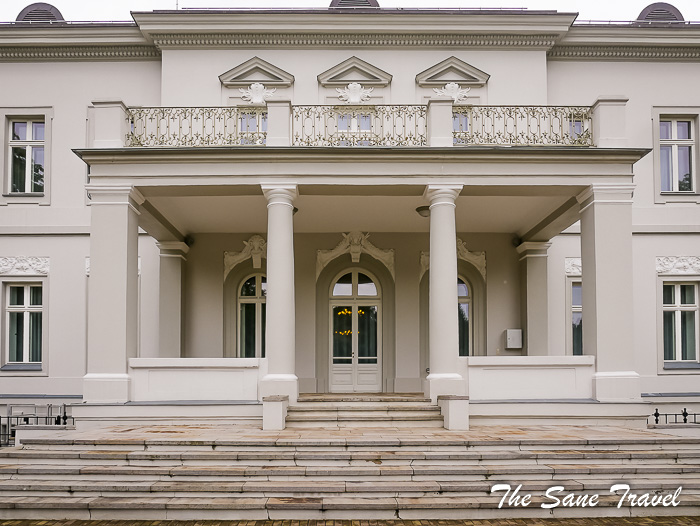
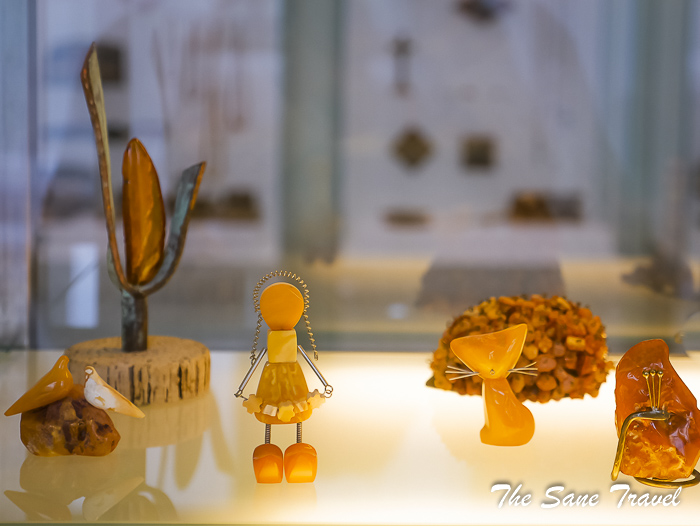
The palace is surrounded by a park with ponds, fountains, and collections of rare plants. The park covers about 100 hectares. It was designed by the French landscape architect and botanist Edouard Andre and his son Rene Eduard Andre. About 250 imported and 370 native plant species are now represented at the park. The park features a rose garden, greenhouse, rotunda, and a sculpture of Egle, the Queen of Serpents, a Holocaust memorial, and ponds. 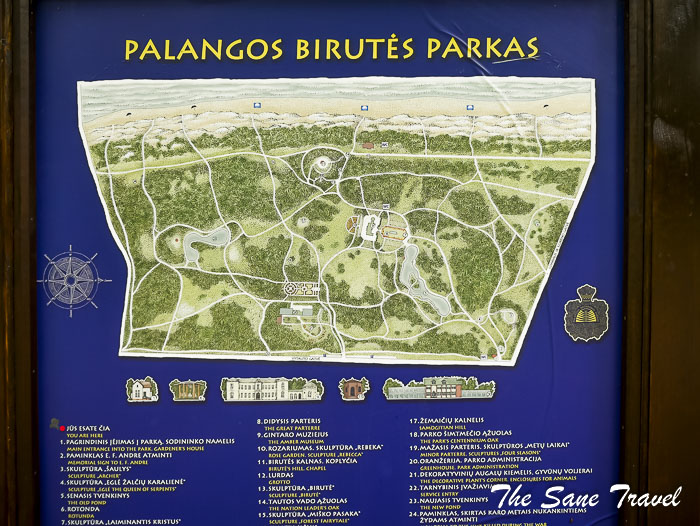
Address: Vytauto gatve 17, Palanga
9 Kretinga Manor
At the end of the 19th century, the land of the current Kretinga Manor was purchased in an auction by Count Jozef Tyszkiewicz. In the course of creating a family manor, he converted the existing residence into a palace, built the orangery, nowadays known as the Winter Garden, and re-landscaped the grounds. 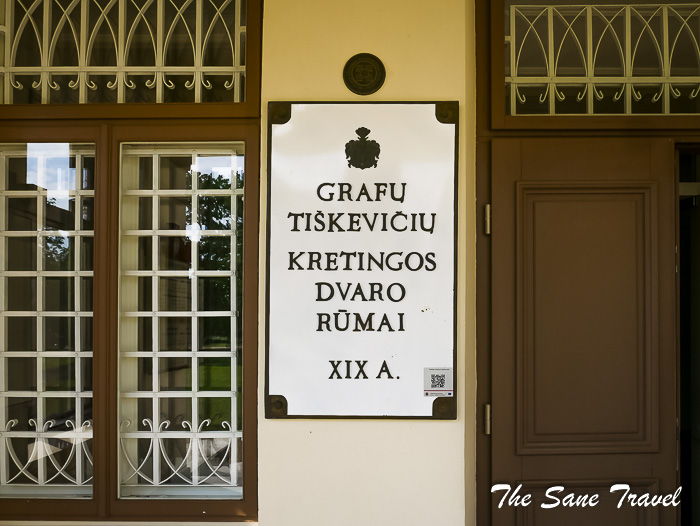
In 1992, the restored buildings became home to the Kretinga Museum which has archaeological, numismatic, and old Lithuanian folk art and ethnographical expositions. The exhibits portraying the life of the Tyszkiewicz family occupy seven halls and contain family portraits, furniture, photographs, household objects, and paintings. The folk art exhibits contain textile art and works of ‘’kryždarbiai’’, the traditional Lithuanian art of fashioning crosses. Regional tourist information is also available there. The buildings host various events and may be rented for conferences and seminars. The winter garden has a cafe.
Kretinga Manor Park is one of the oldest manor parks in Lithuania. The mixed-style park covers an area of 23 hectares. In the southern part of Kretinga Manor Park, where the orchard once stood, now stands the Astronomy Calendar and Sundial.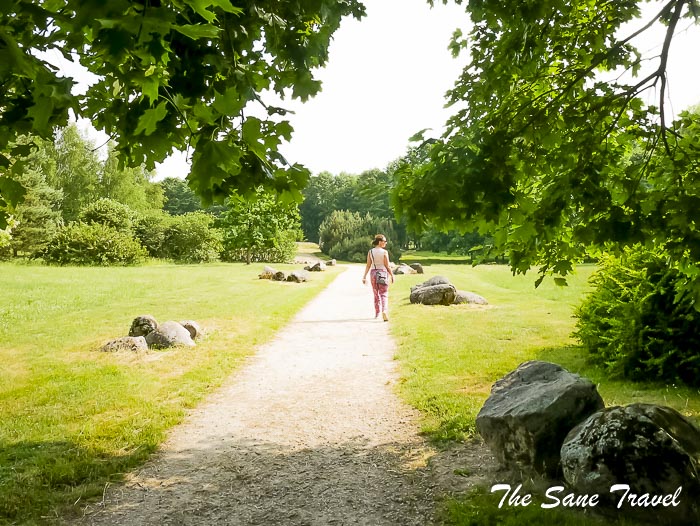
10 Plunge Manor
Plunge Manor is a former Oginski residential manor. Mykolas Mikalojus Severinas Markas Oginskis, the grandson of Michal Kleofas Oginski known as the author of the famous polonese Farewell to My Homeland, was a Lithuanian diplomat and Polish composer. He bought the place at the end of the 19th century and built the current-day manor. The ensemble of the manor is composed of ten buildings and structures. They are surrounded by more than 58 hectares mixed-style park, one of the biggest and most beautiful in Lithuania. The manor contains the Neo-Renaissance style palace, Neo-Gothic stud, and two outbuildings. It was designed by the German architect Carl Lorenc. Built in Neo-Renaissance style, the manor is luxuriously equipped and its interior was decorated by the masters from Warsaw.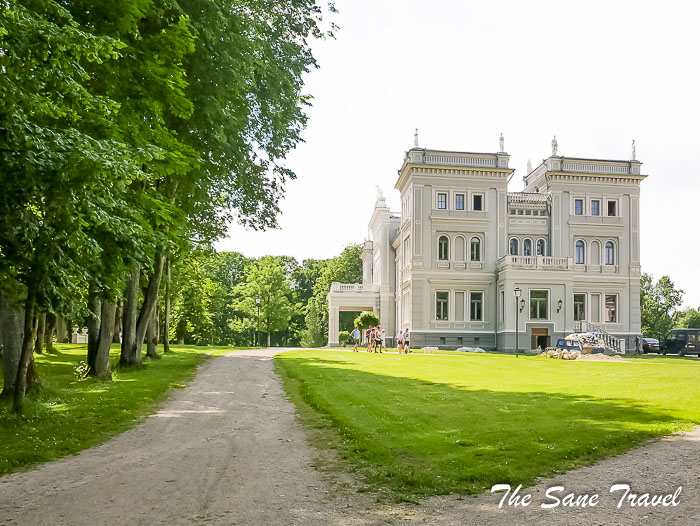
The Samogitian Art Museum (Žemaičiai Art Museum) operating in Mykolas Oginskis Palace since 1994 has collected and exhibited museum valuables reflecting the historical variety of the Samogitian region and has preserved and cherished the traditions of Mykolas Oginskis Manor.
Address: Parko gatve 3A, Plunge
Practical information
As manor houses listed above are located in the countryside or small towns, except for Palanga Manor, it’s best to have a car to visit them. All the manor houses are gorgeous from outside, but if you want to see interiors and/or museums located inside, check their opening hours on their websites. They may be closed in wintertime in some cases, and they are most likely closed on Mondays, sometimes also on Tuesdays. Be advised that Baisogala Manor is only viewable from outside.
Like it? Pin it!
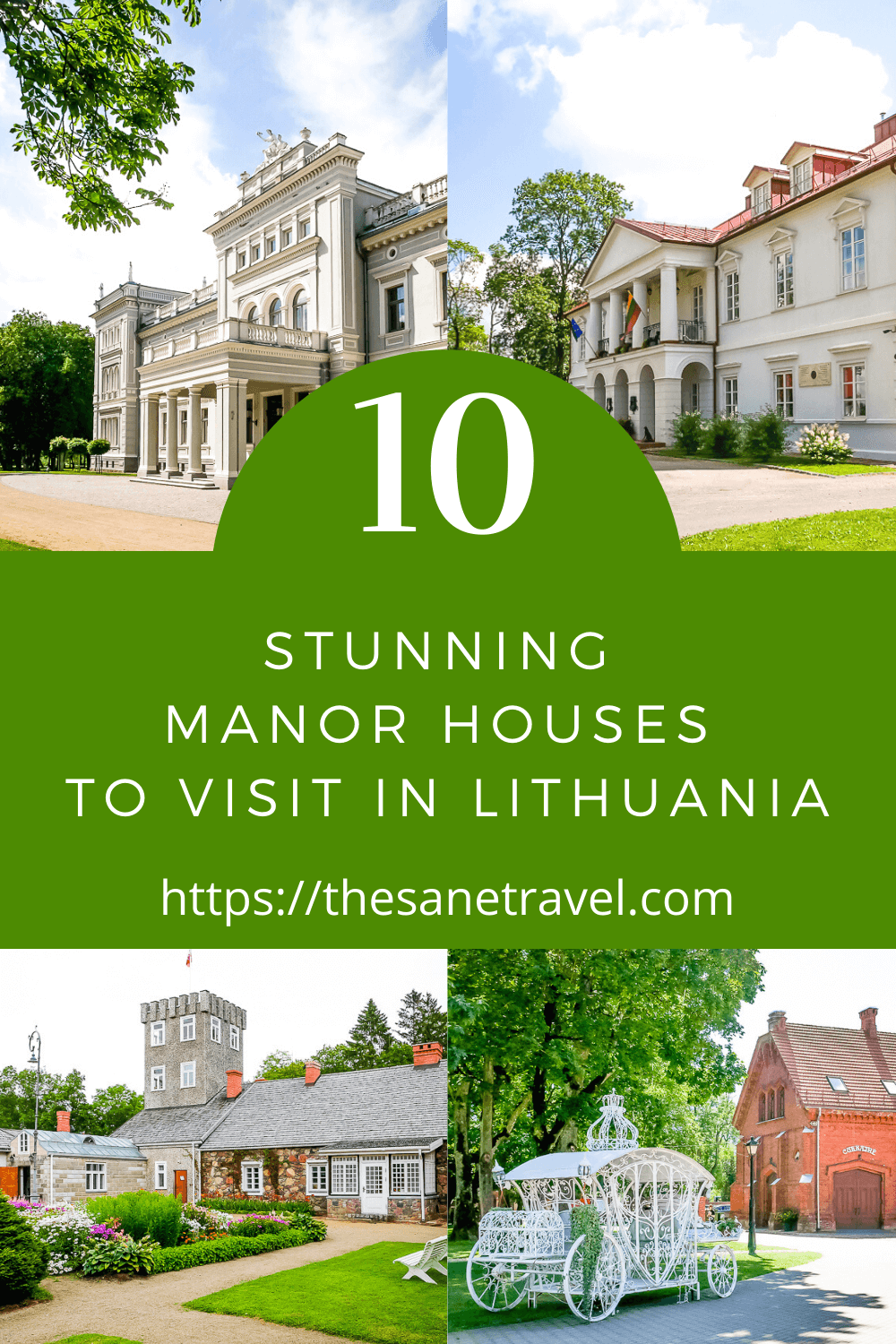
What did you think? Have you been to Lithuania? Or perhaps you’re thinking of visiting in the near future? Either way, I’d love to hear from you so please add your comments below.
Author: Anita Sane

About the author
Anita is a part-time traveller, passionate photographer and a retired career woman from Latvia, travelling mostly solo for more than 15 years. She is a skilled travel planner who plans and executes her travels by herself. Anita wants to show you how to travel the world and open your mind to new experiences. Follow her on Facebook, Instagram, Pinterest, Twitter and Bloglovin.

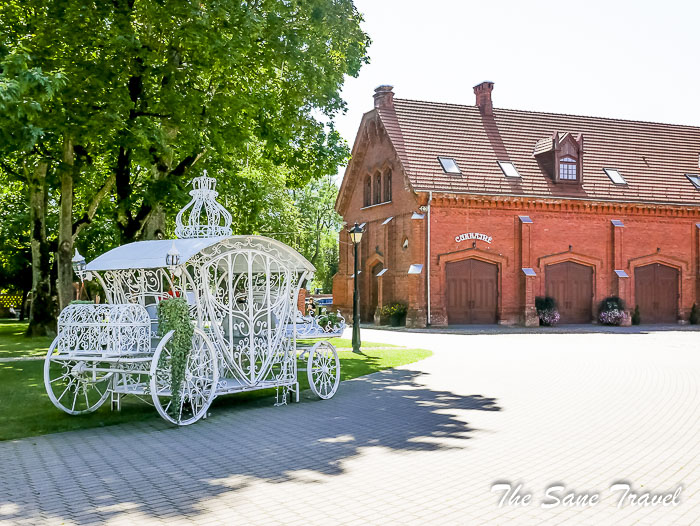
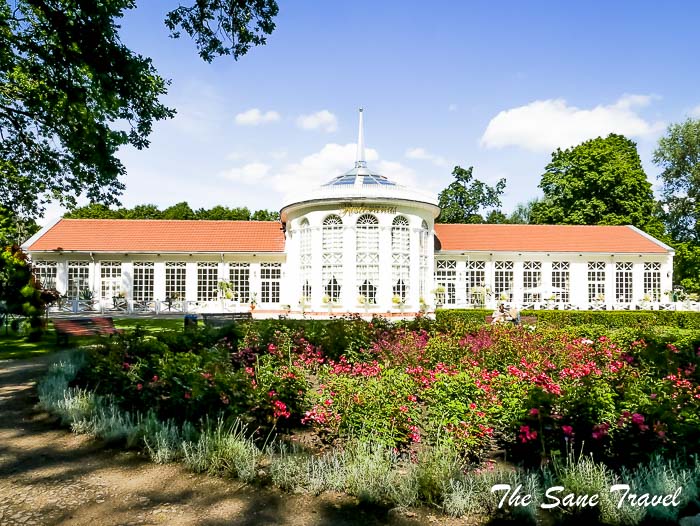
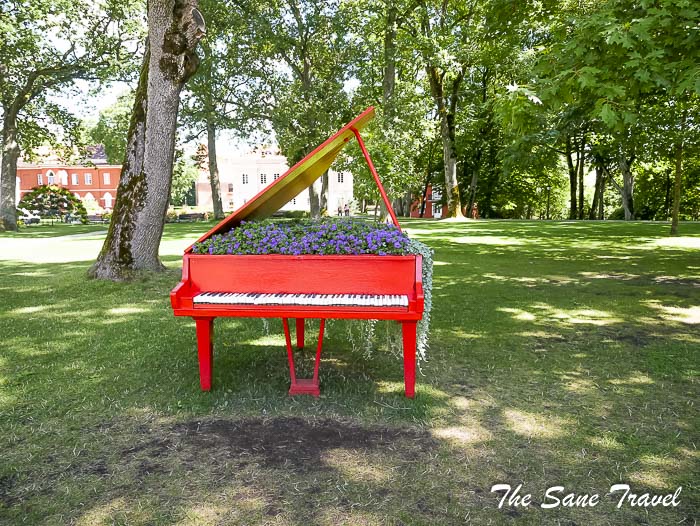
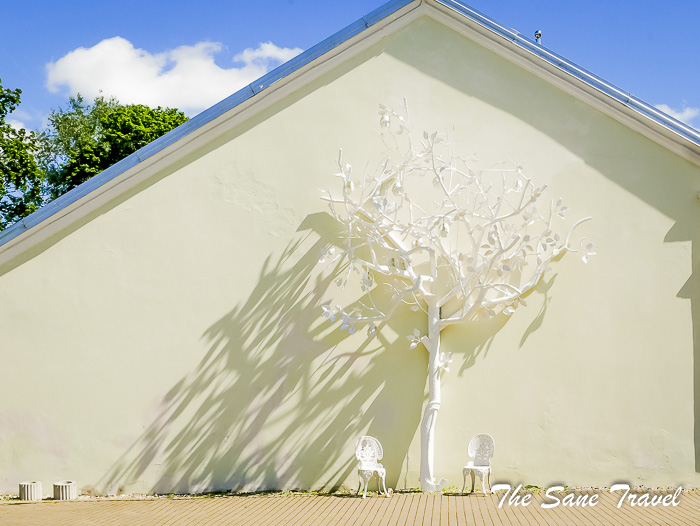
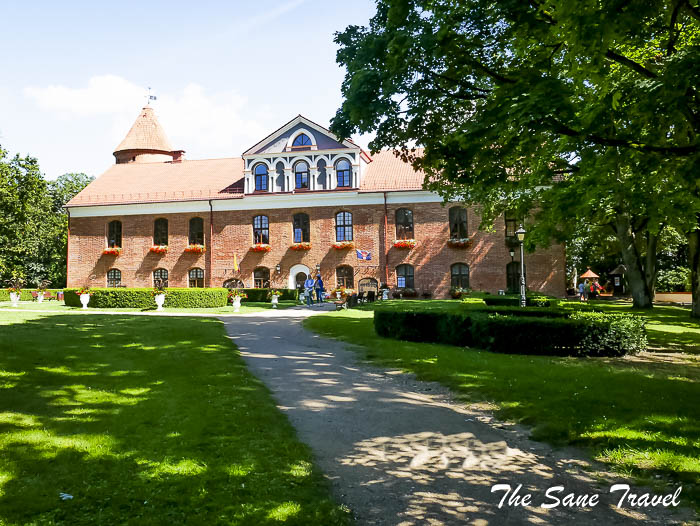
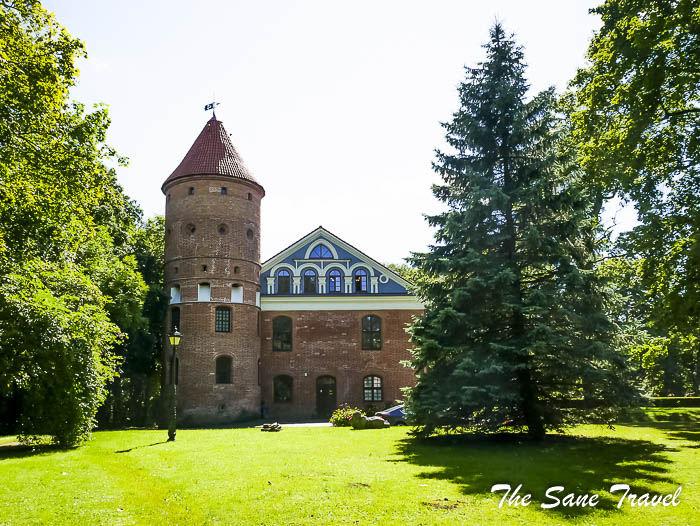
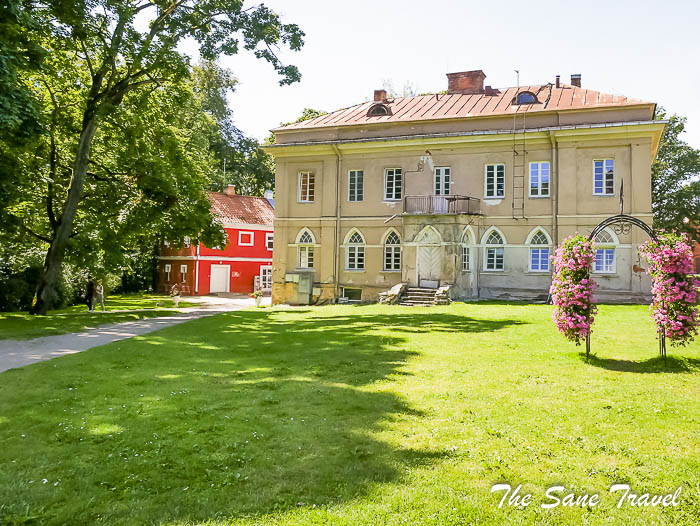
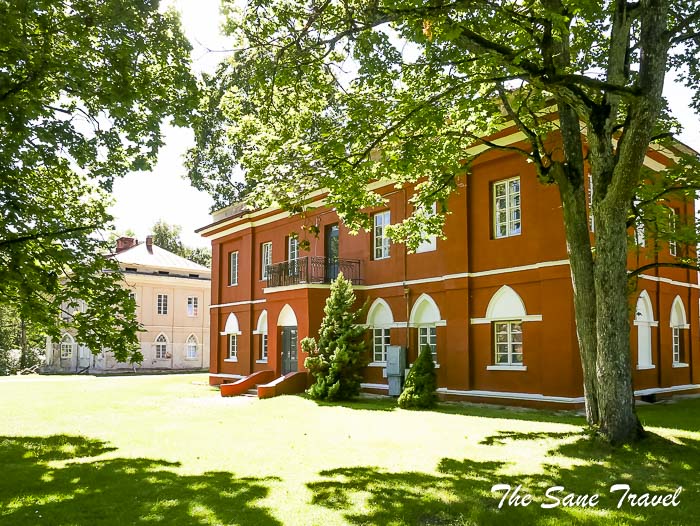
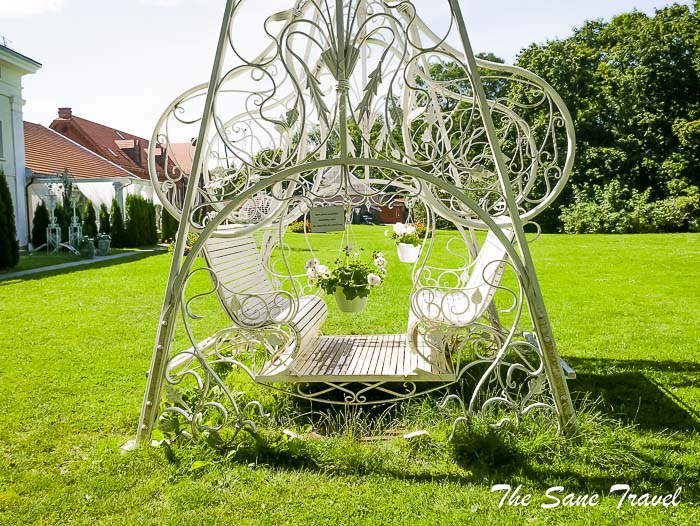
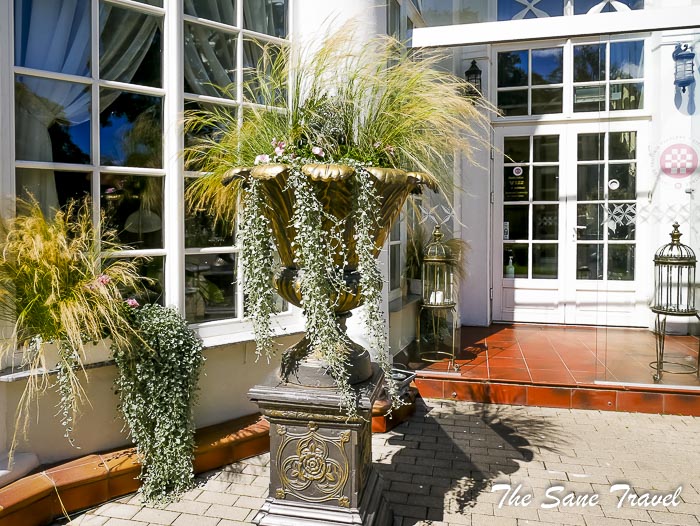
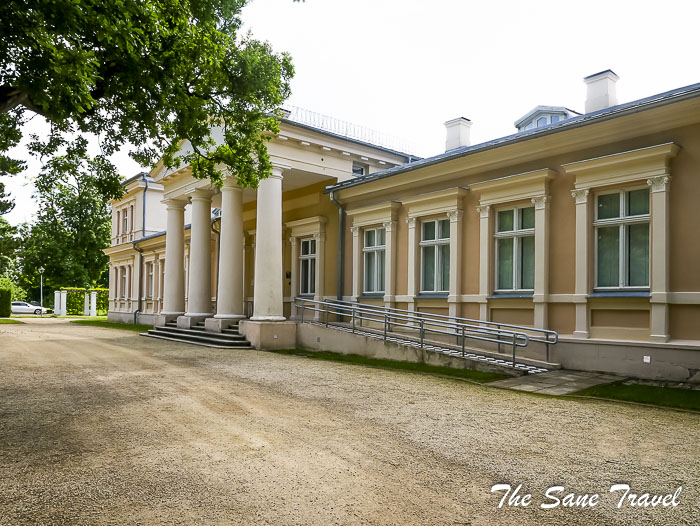
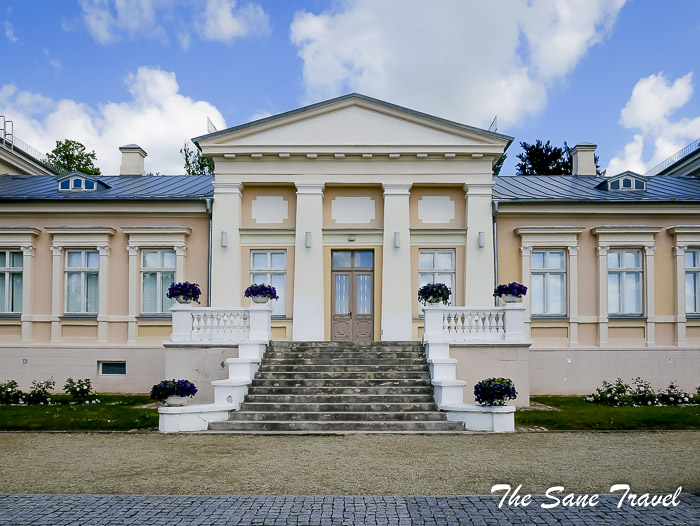
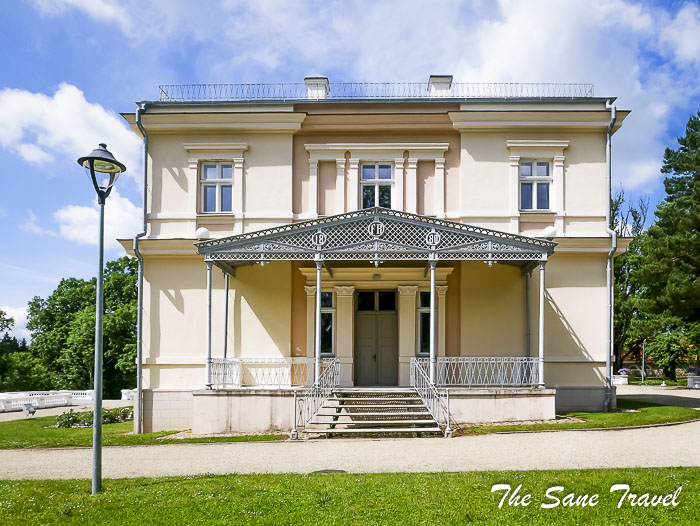
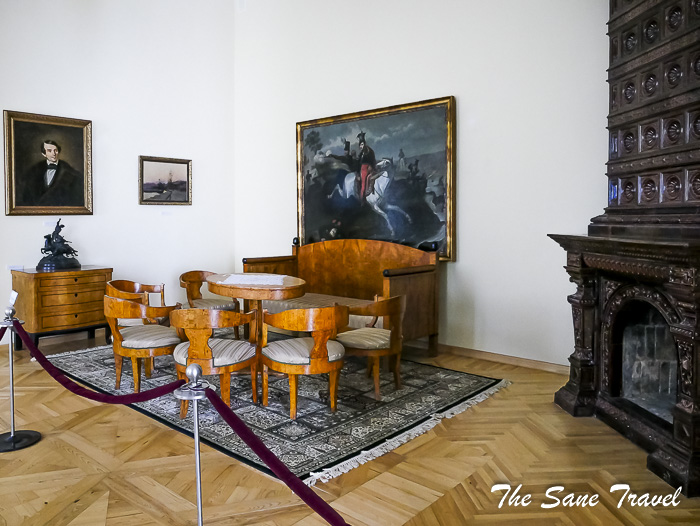
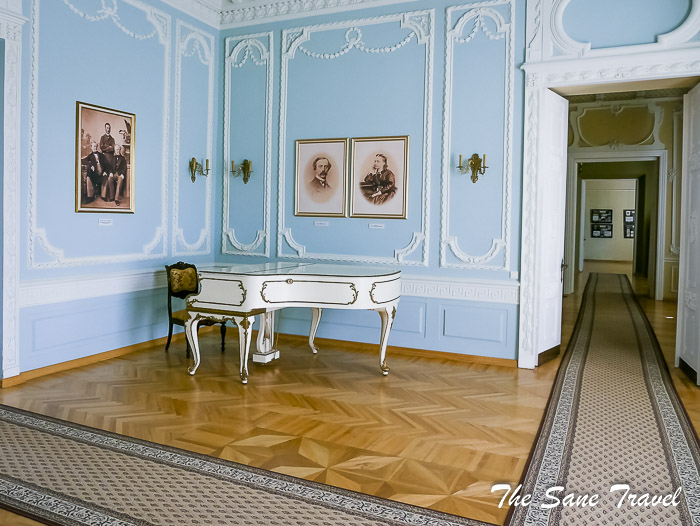
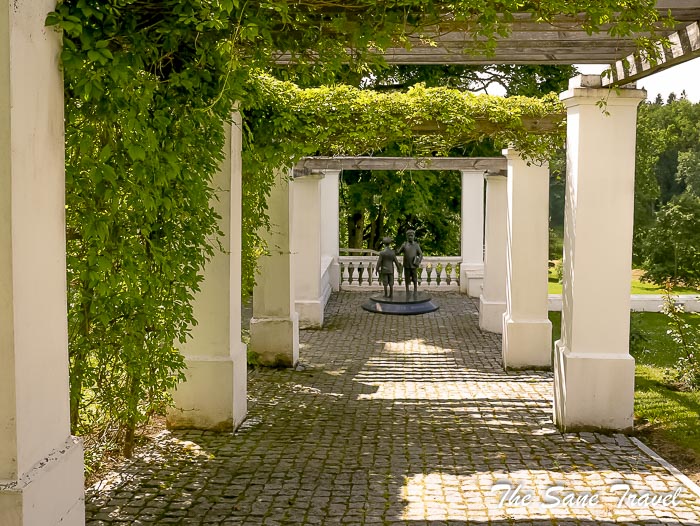
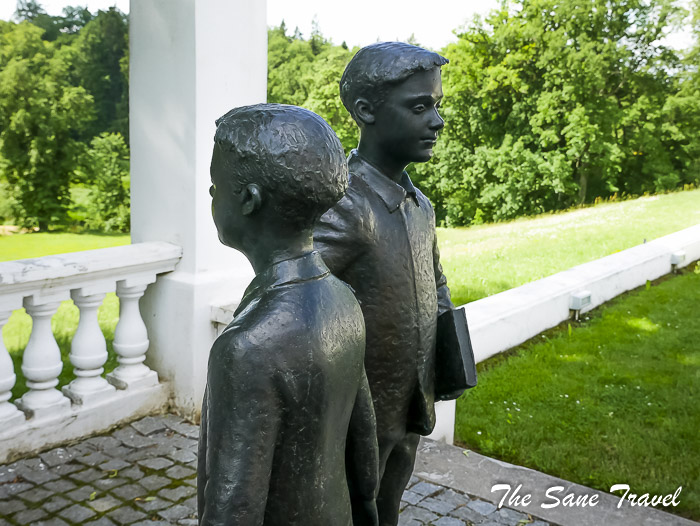
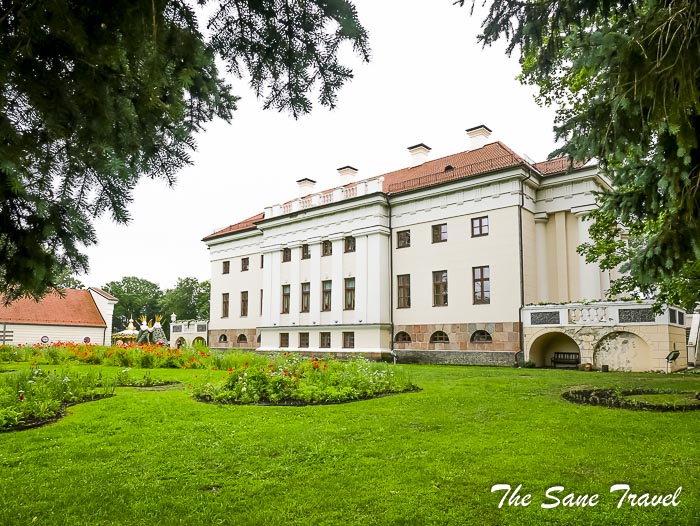
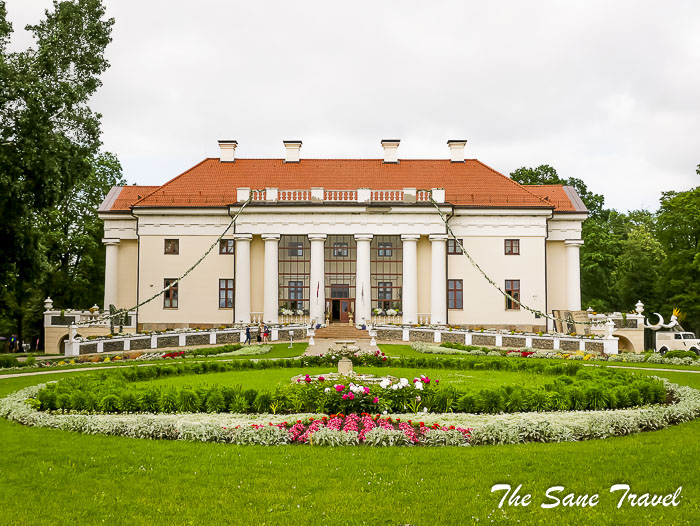
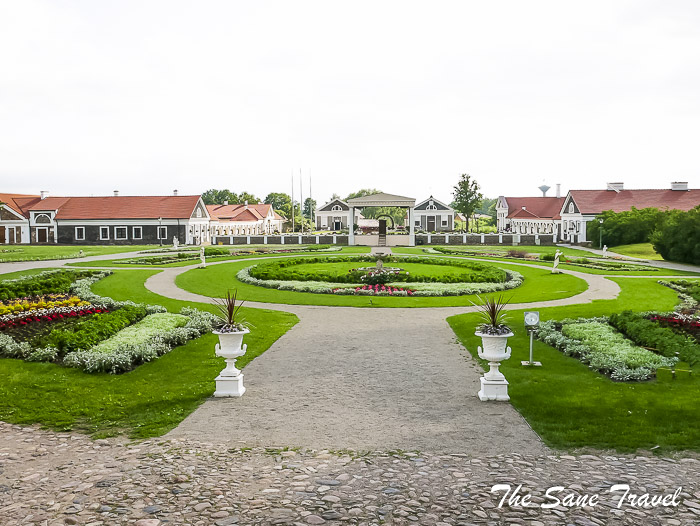
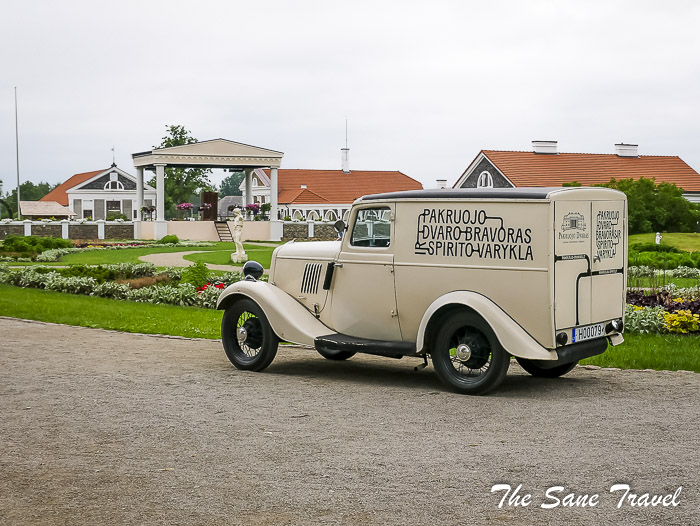
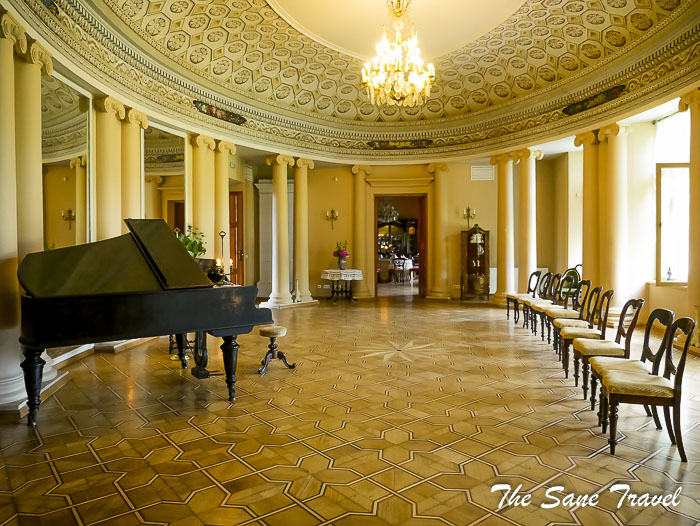

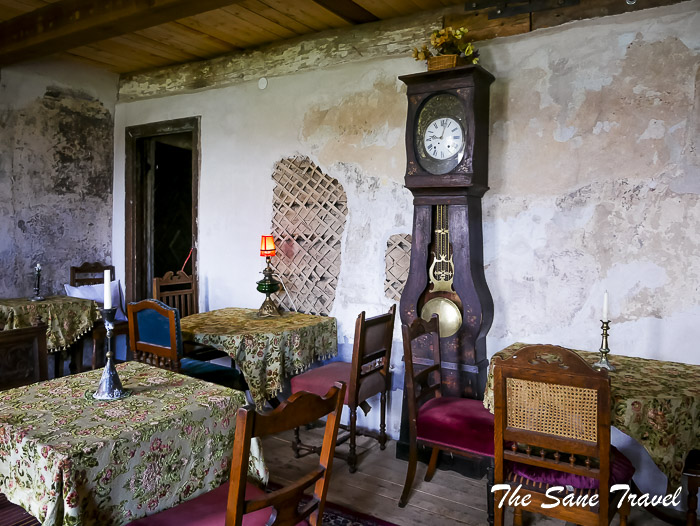
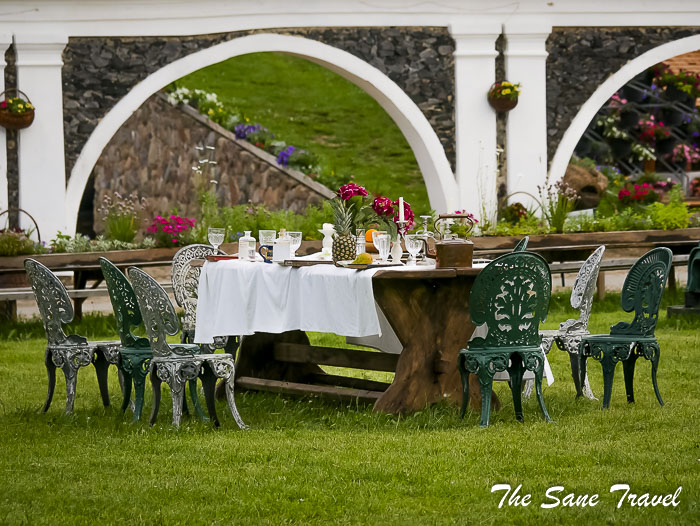
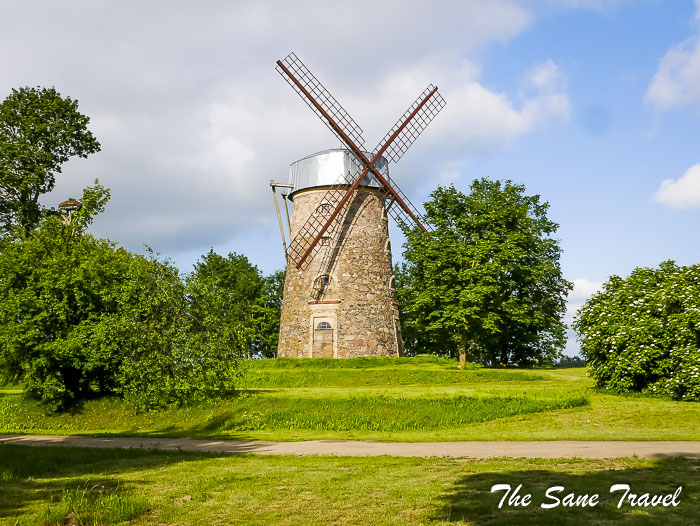
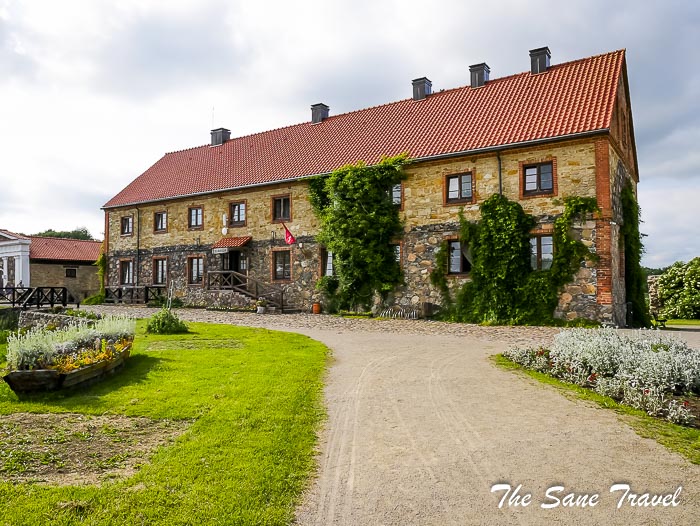
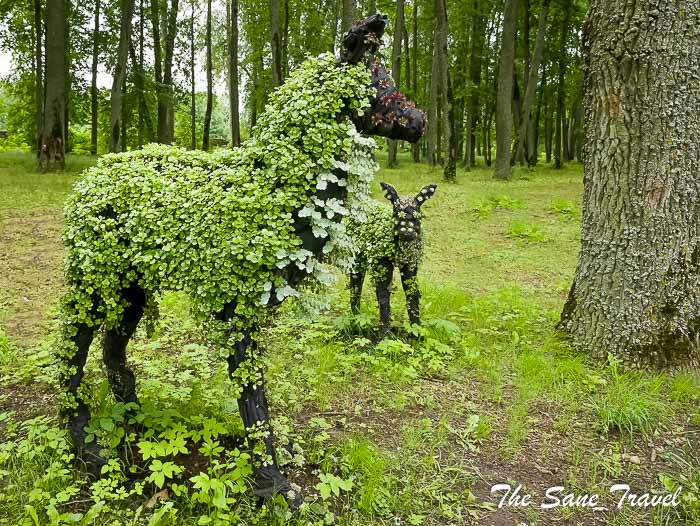
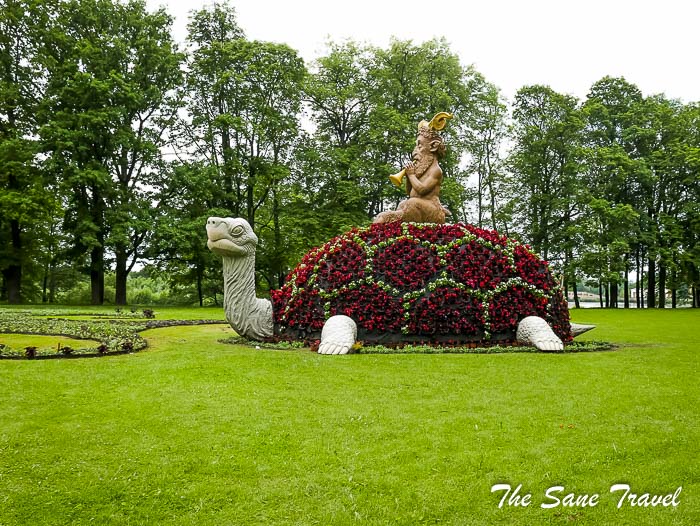
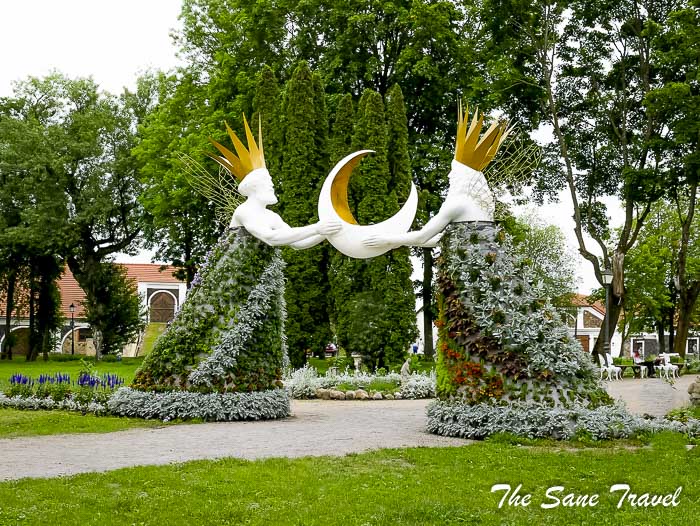
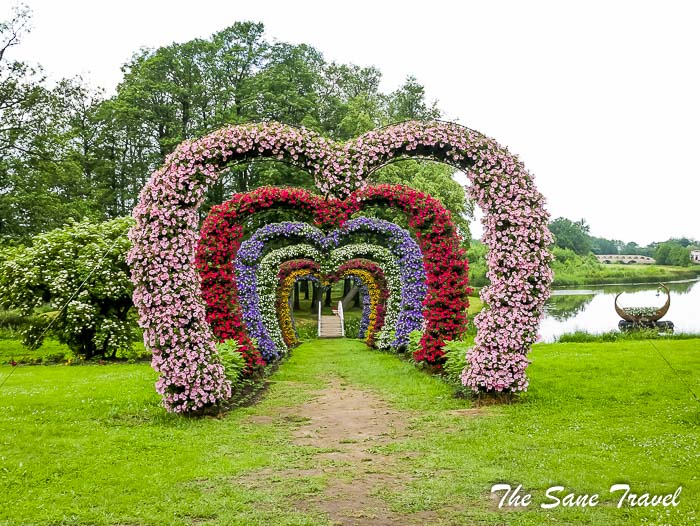
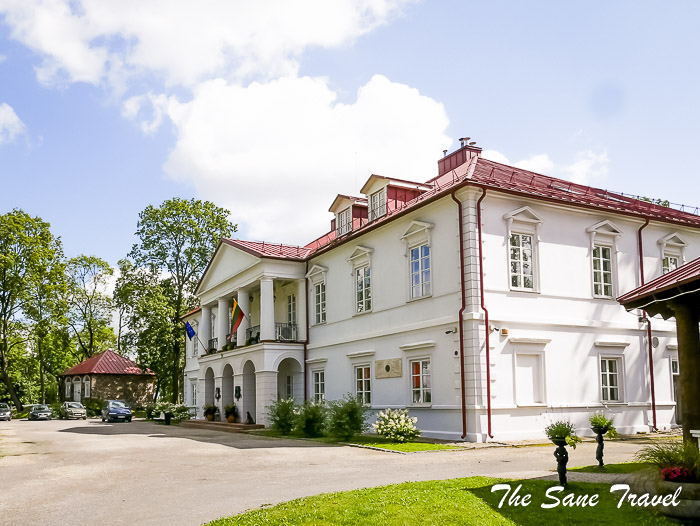
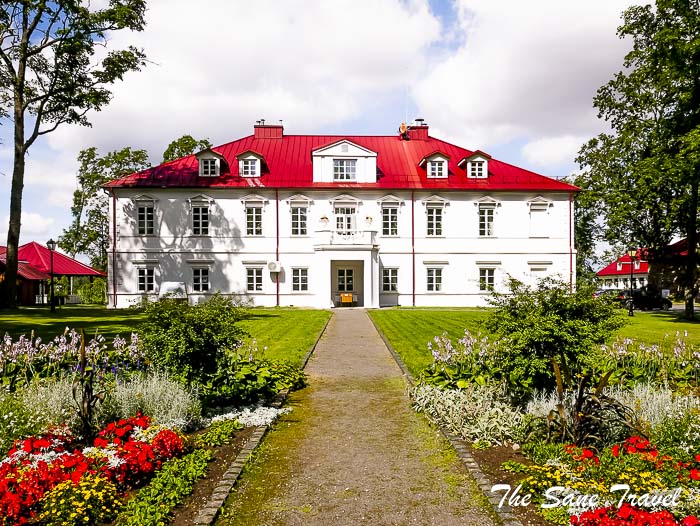
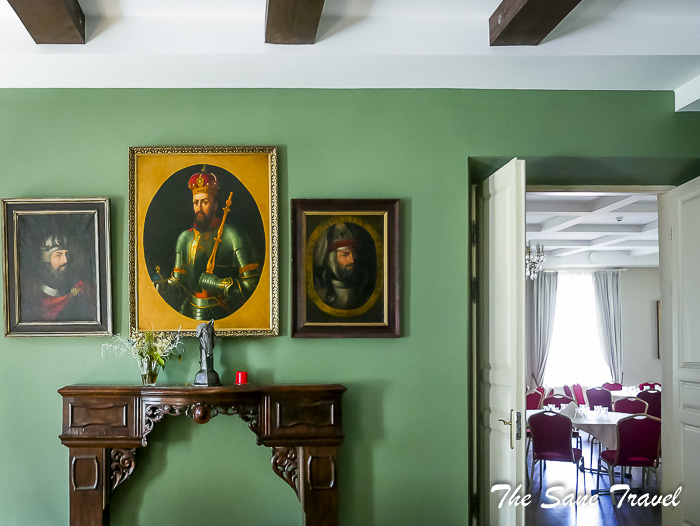
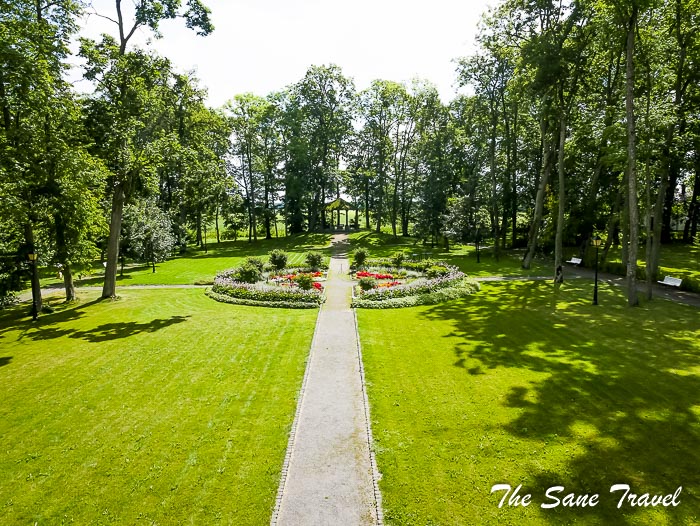
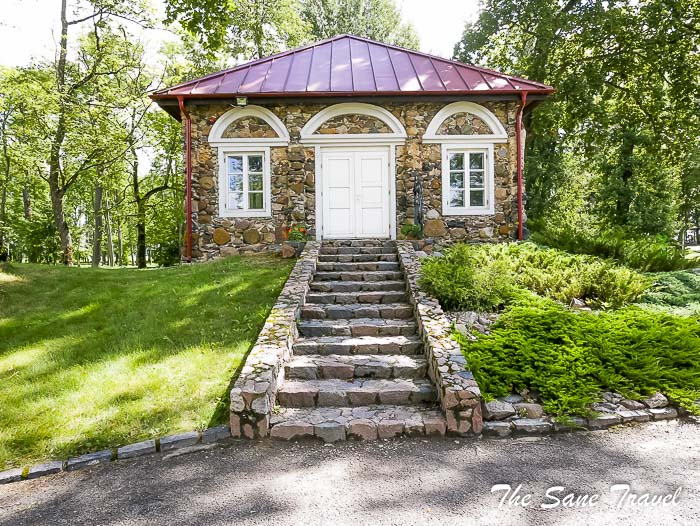
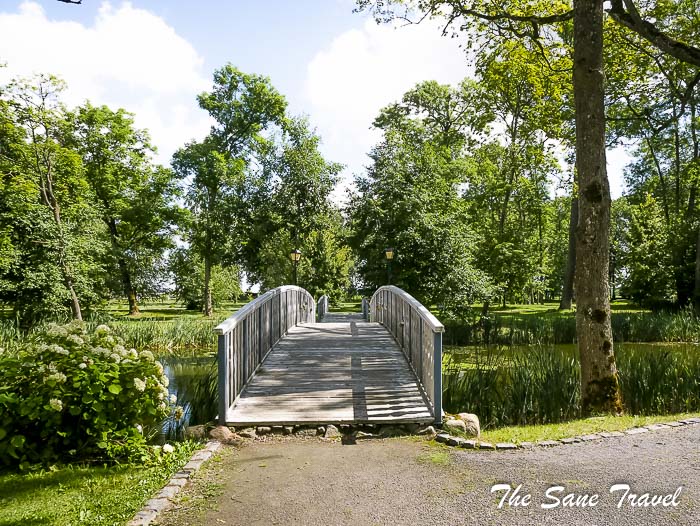
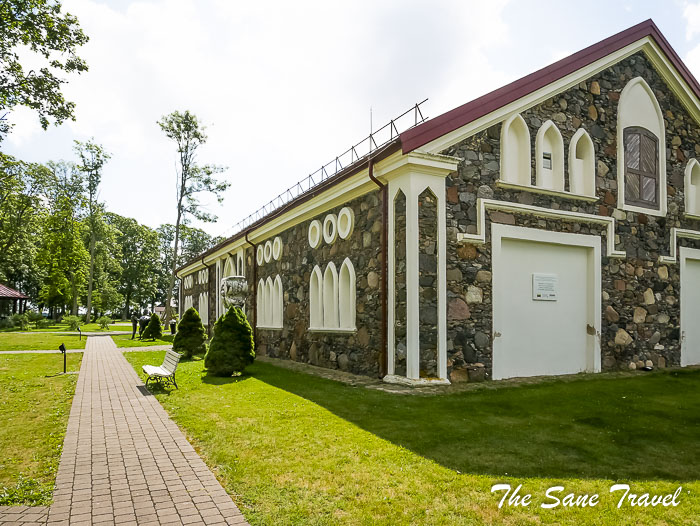
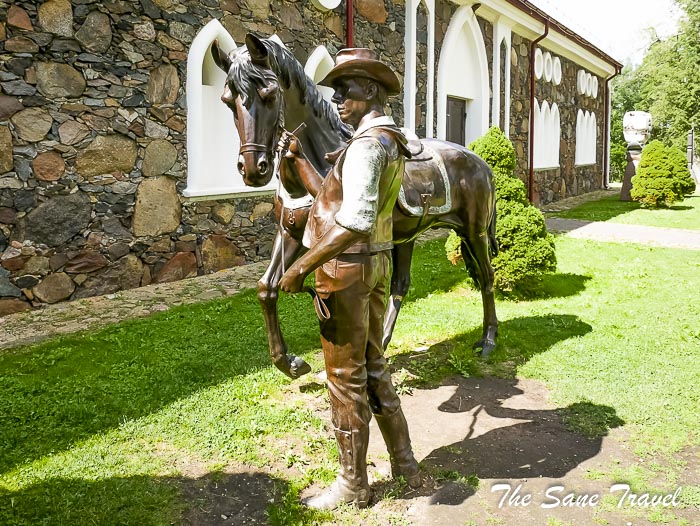
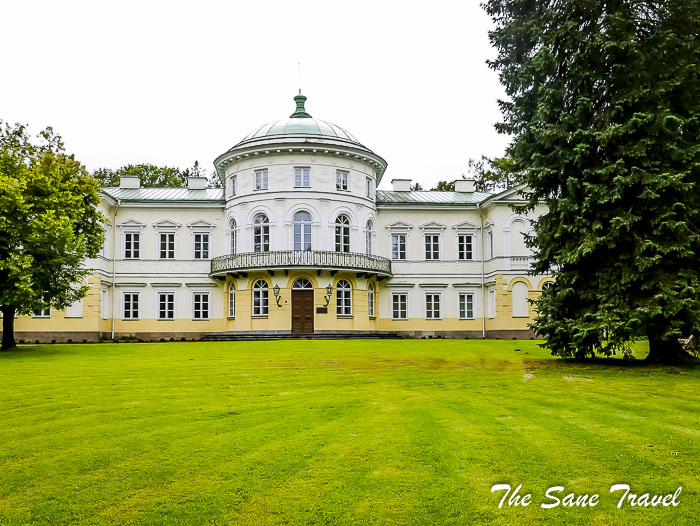
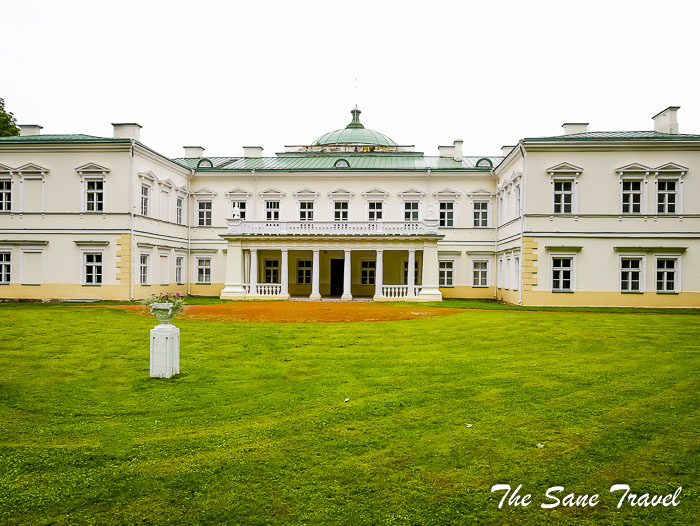
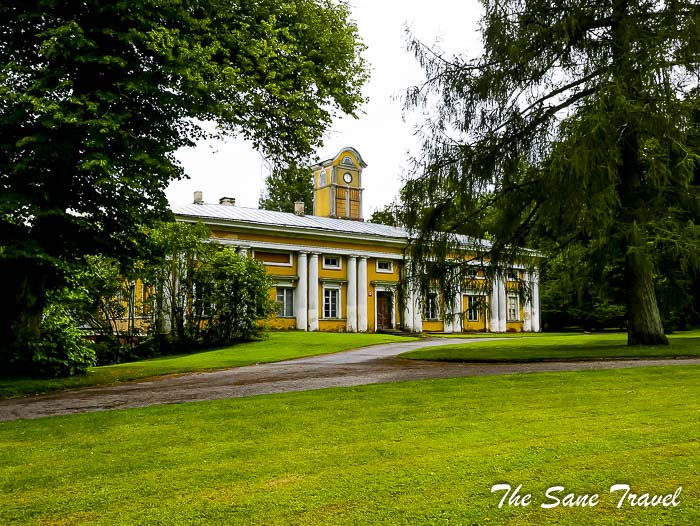
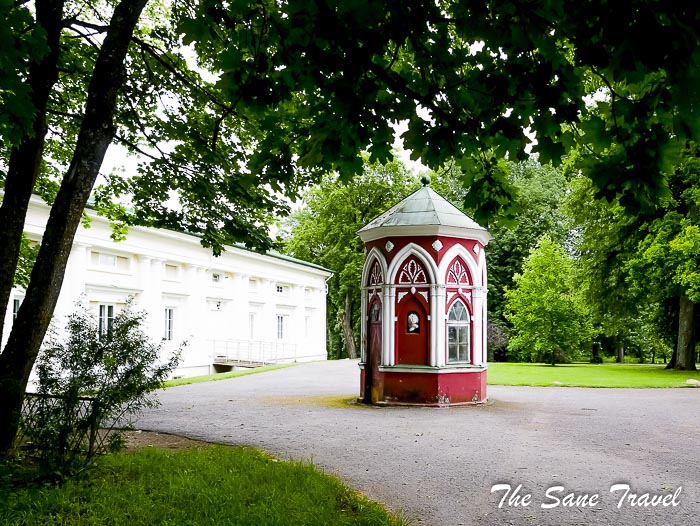
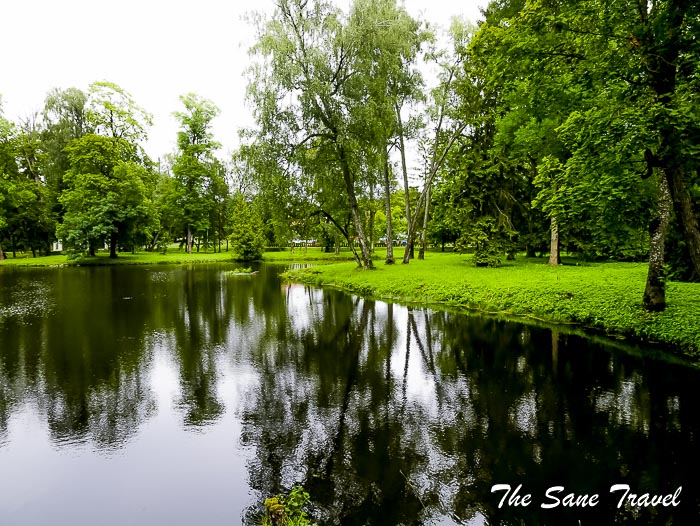
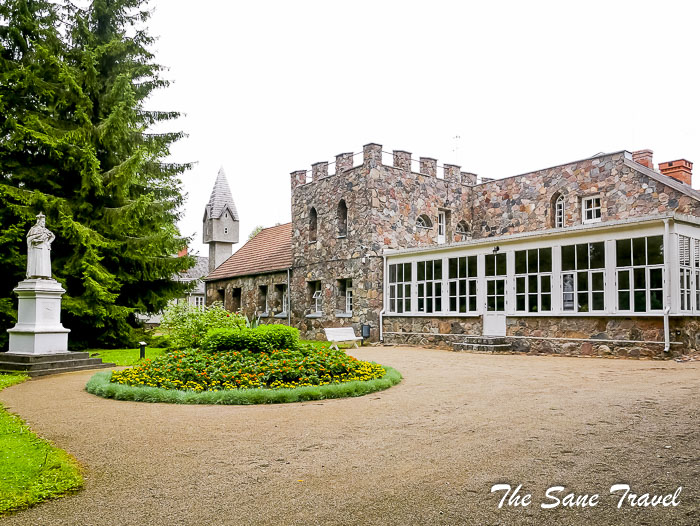
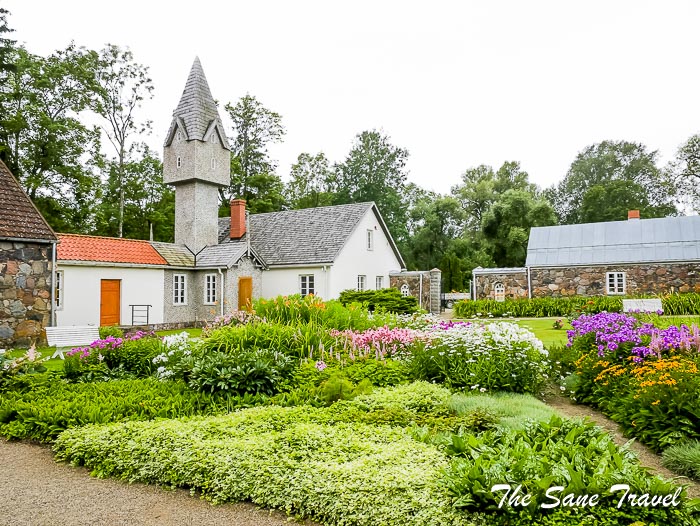
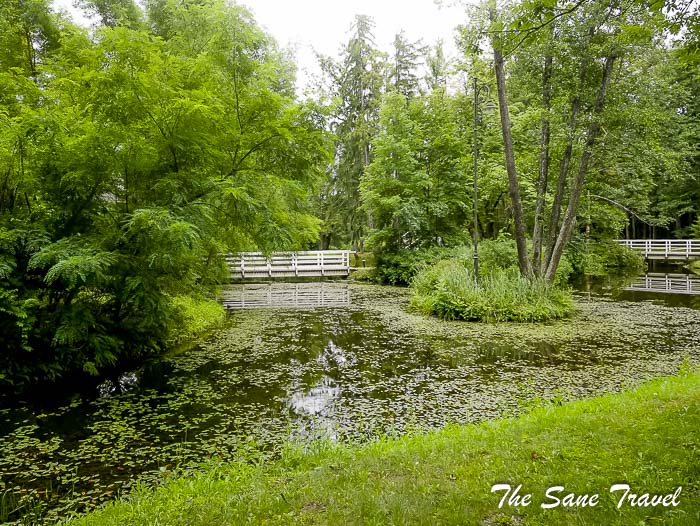
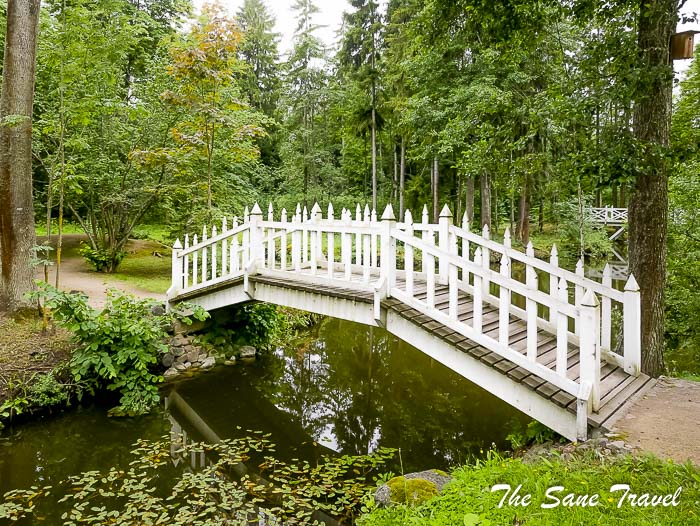
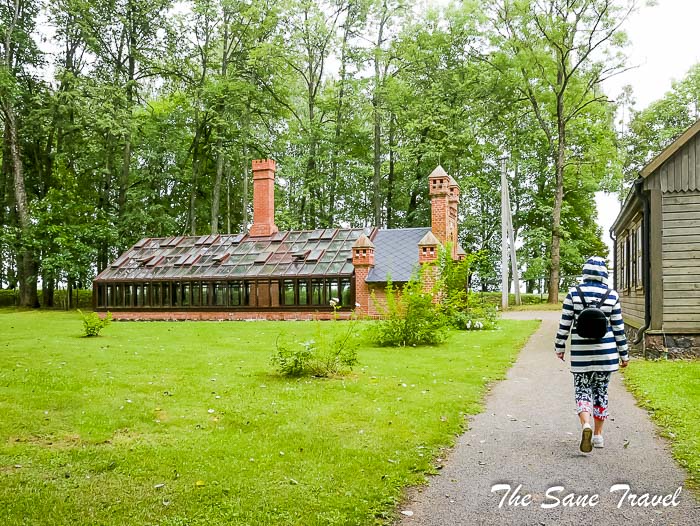
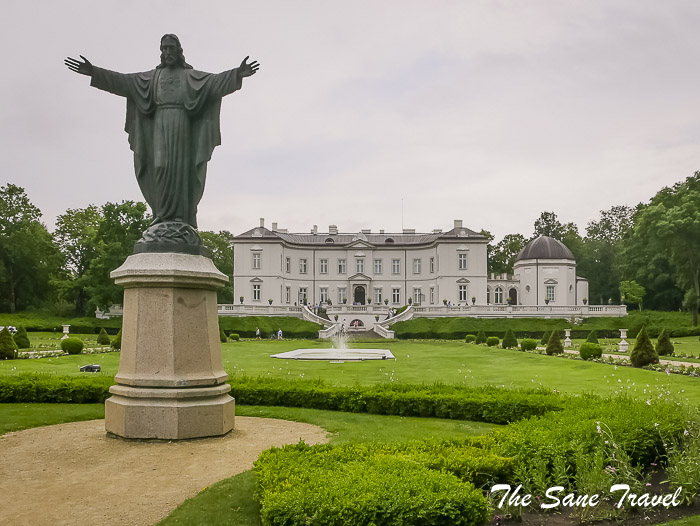
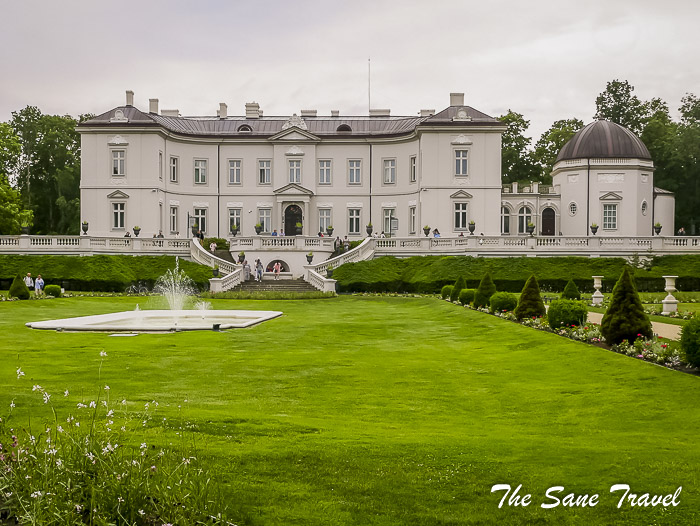

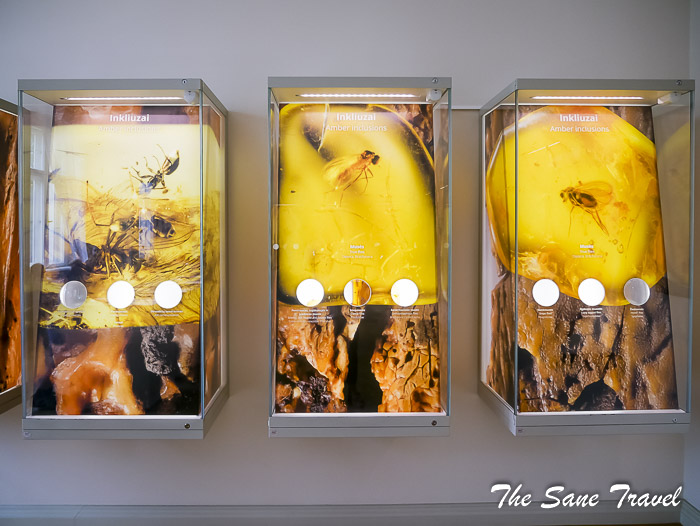
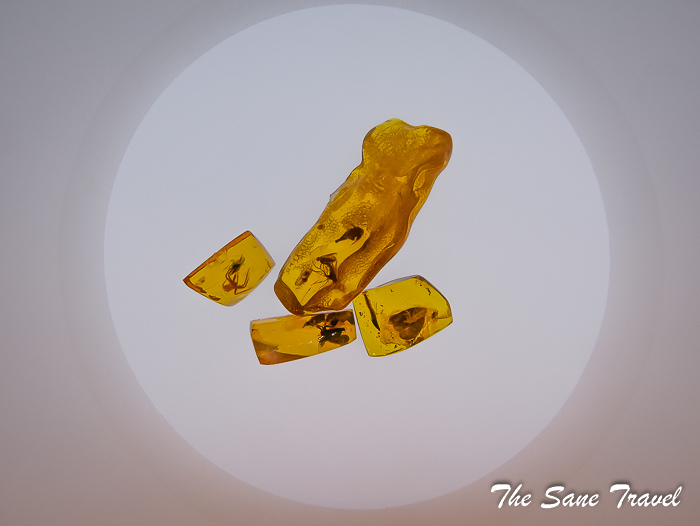
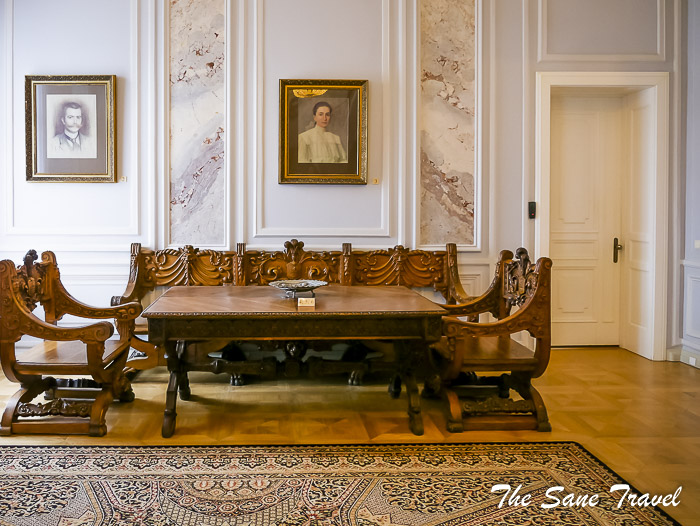
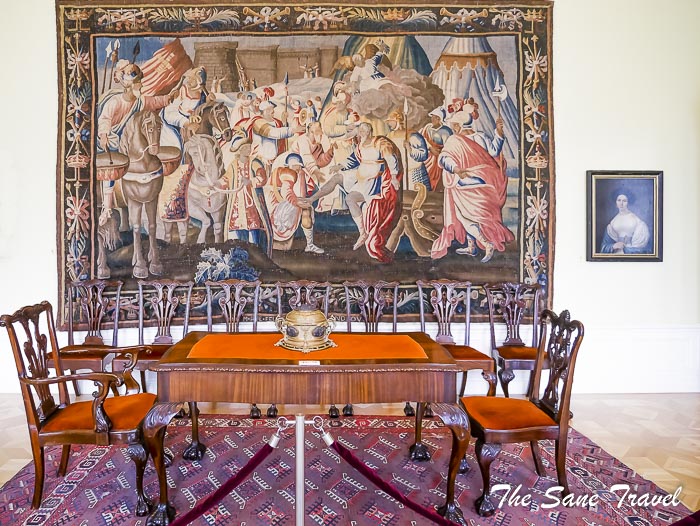
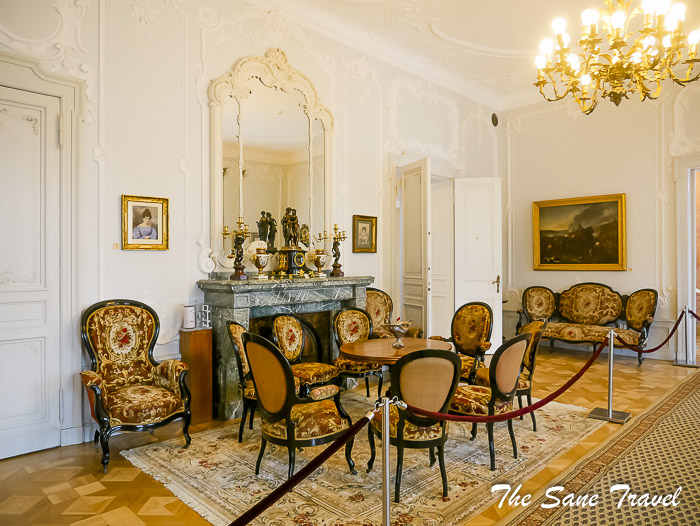
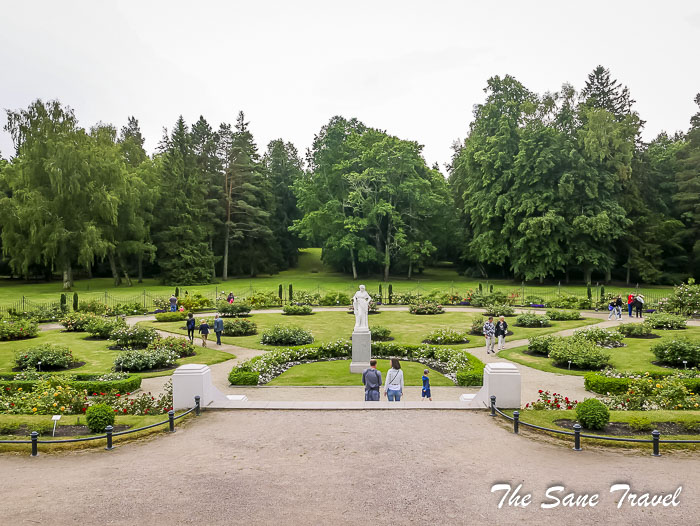
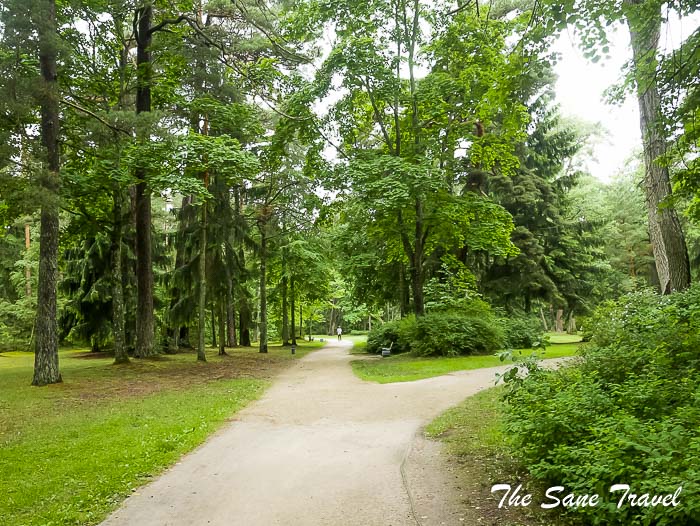
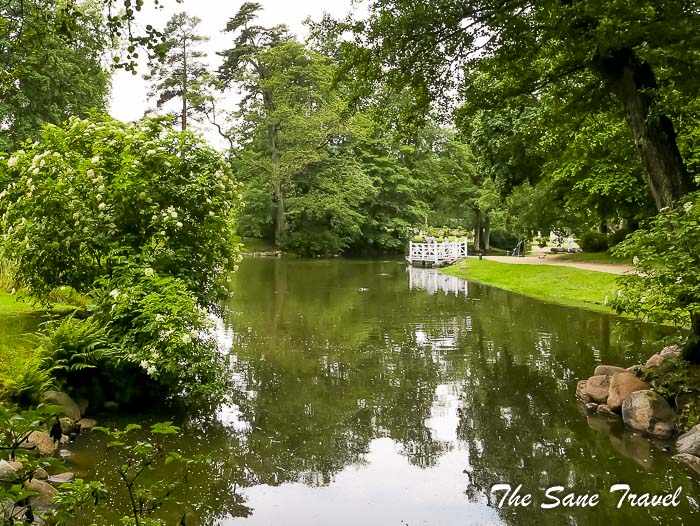
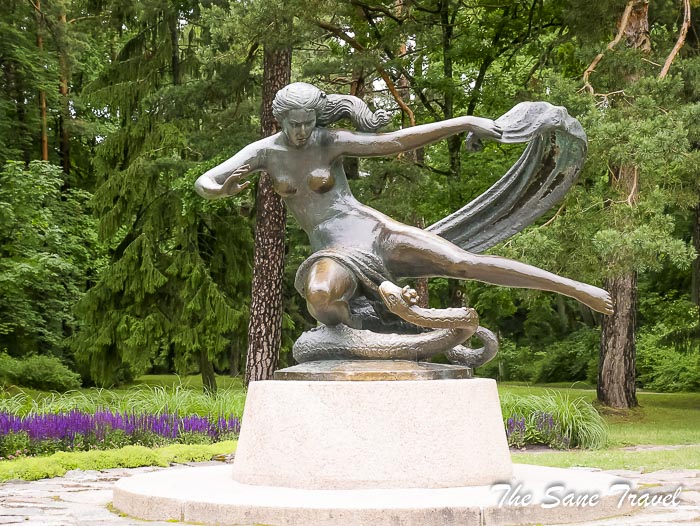
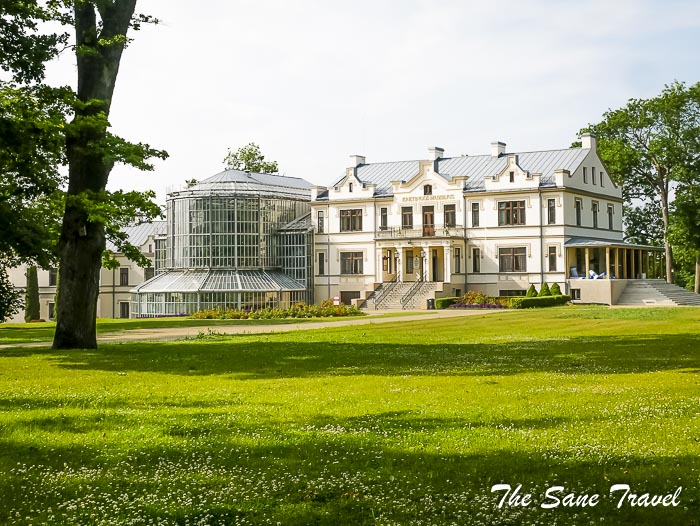
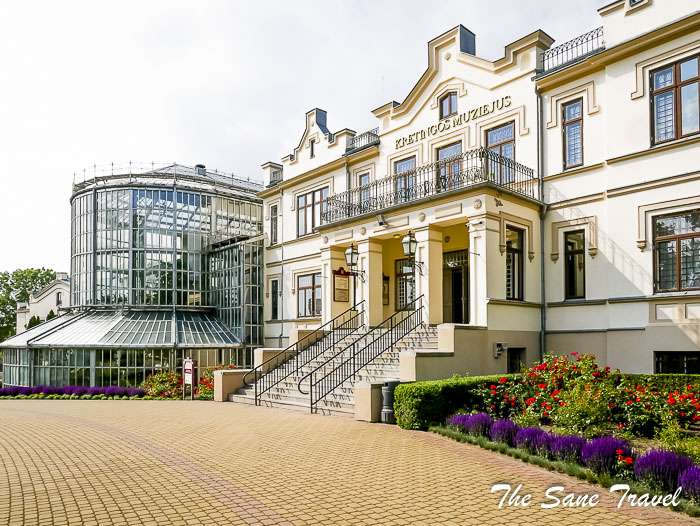
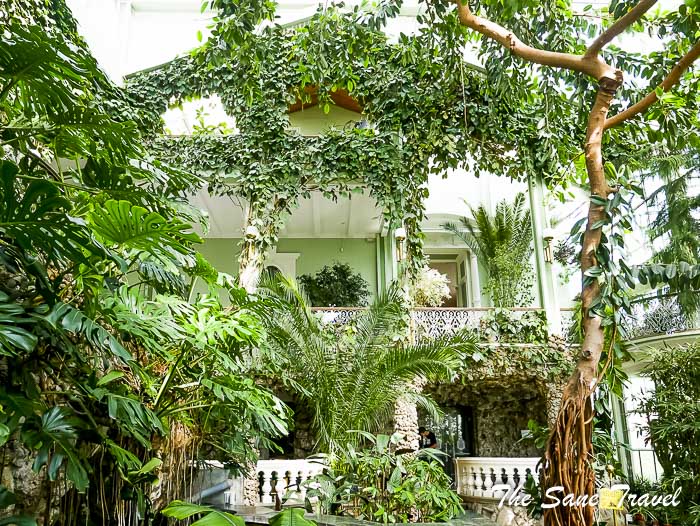
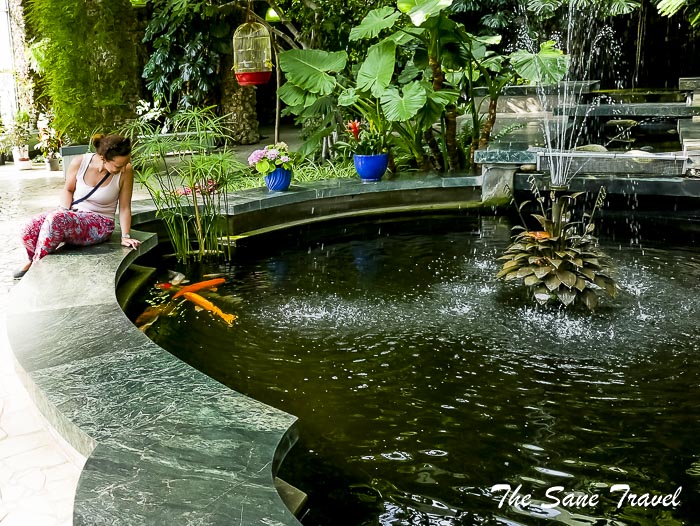
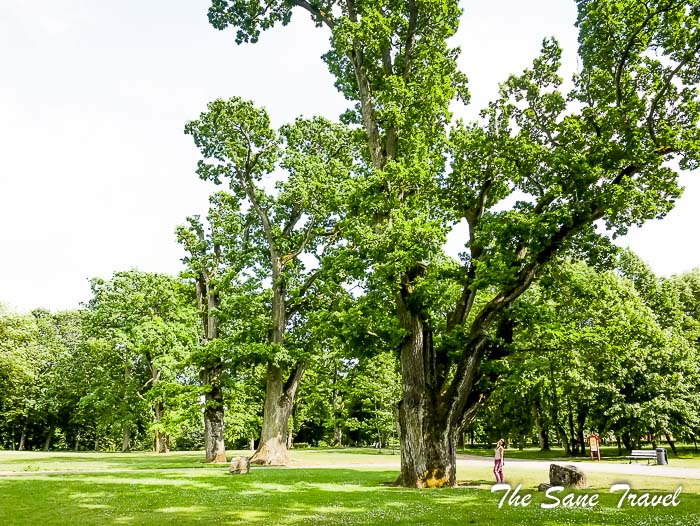
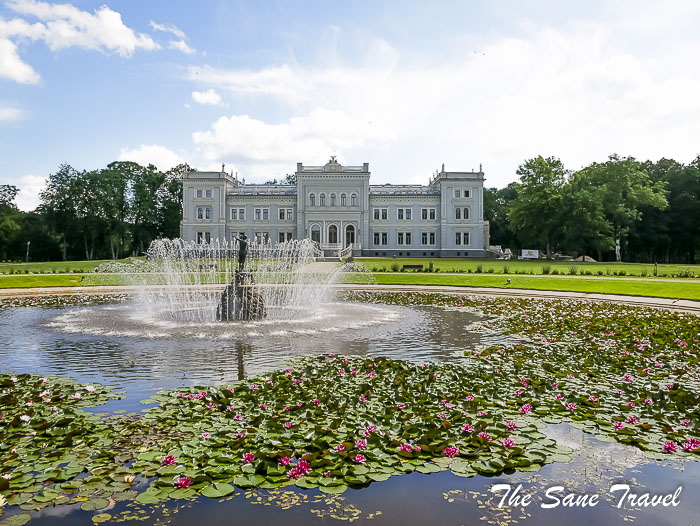
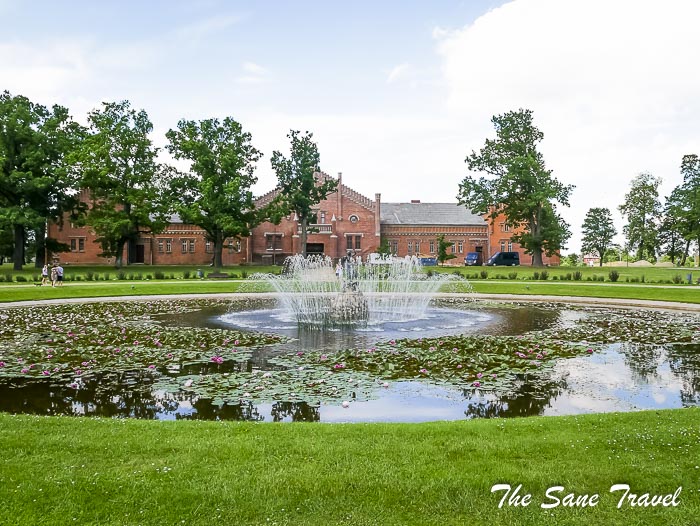
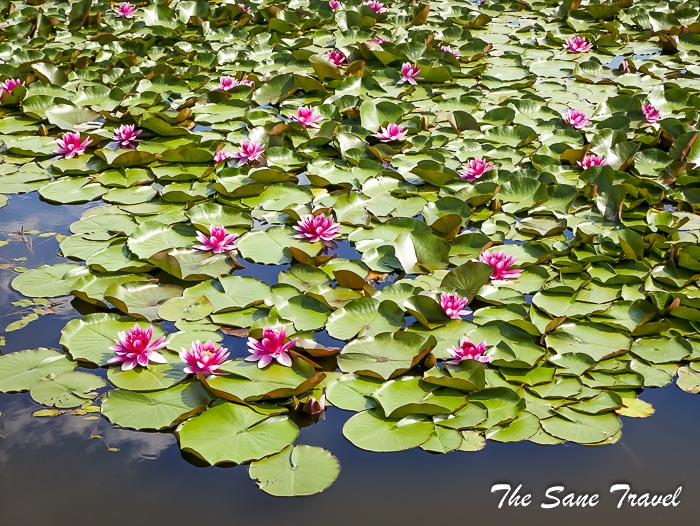
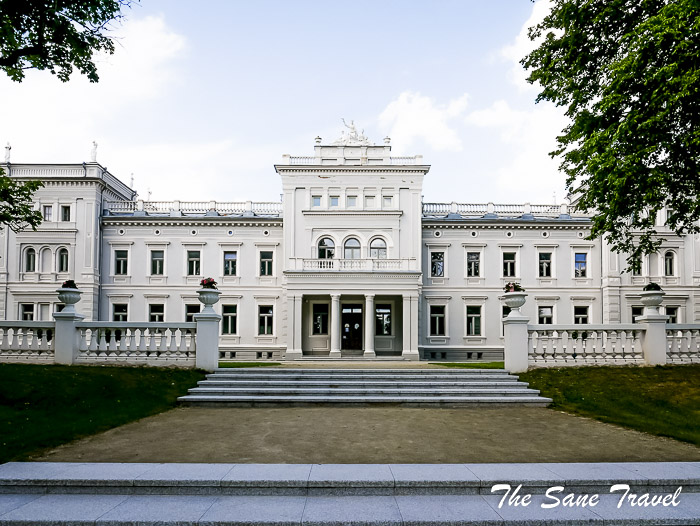
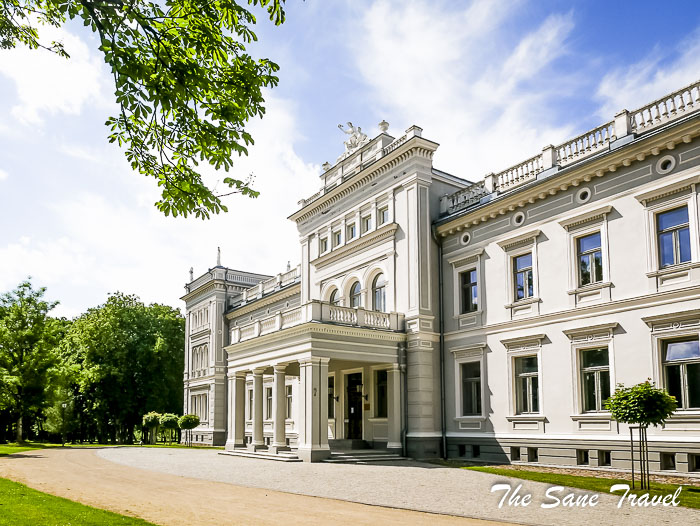
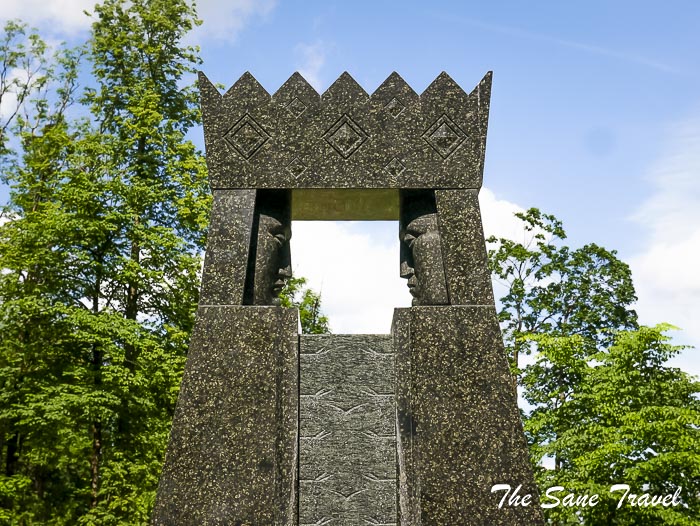








Report
My comments